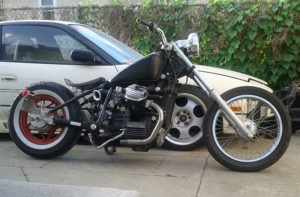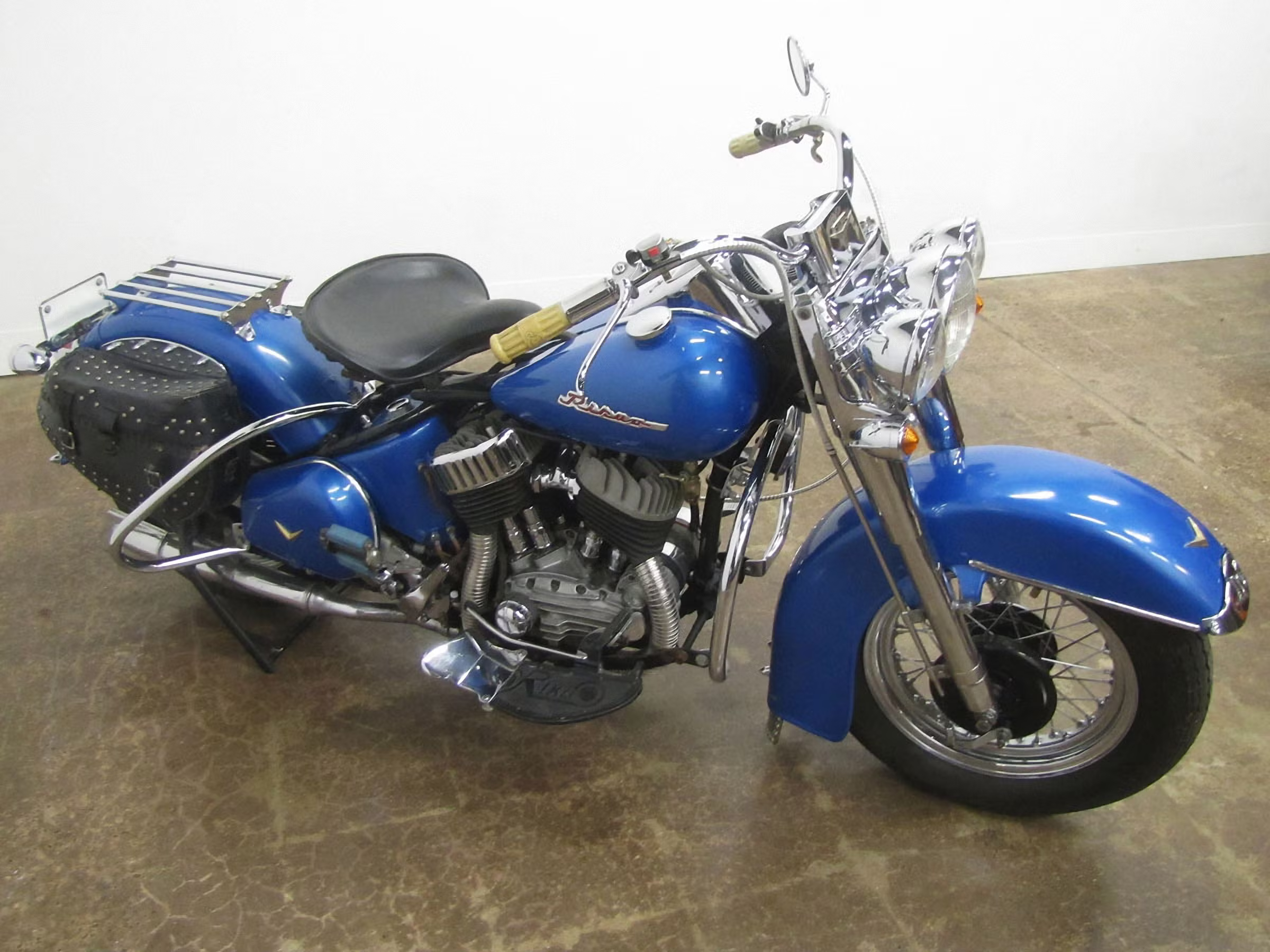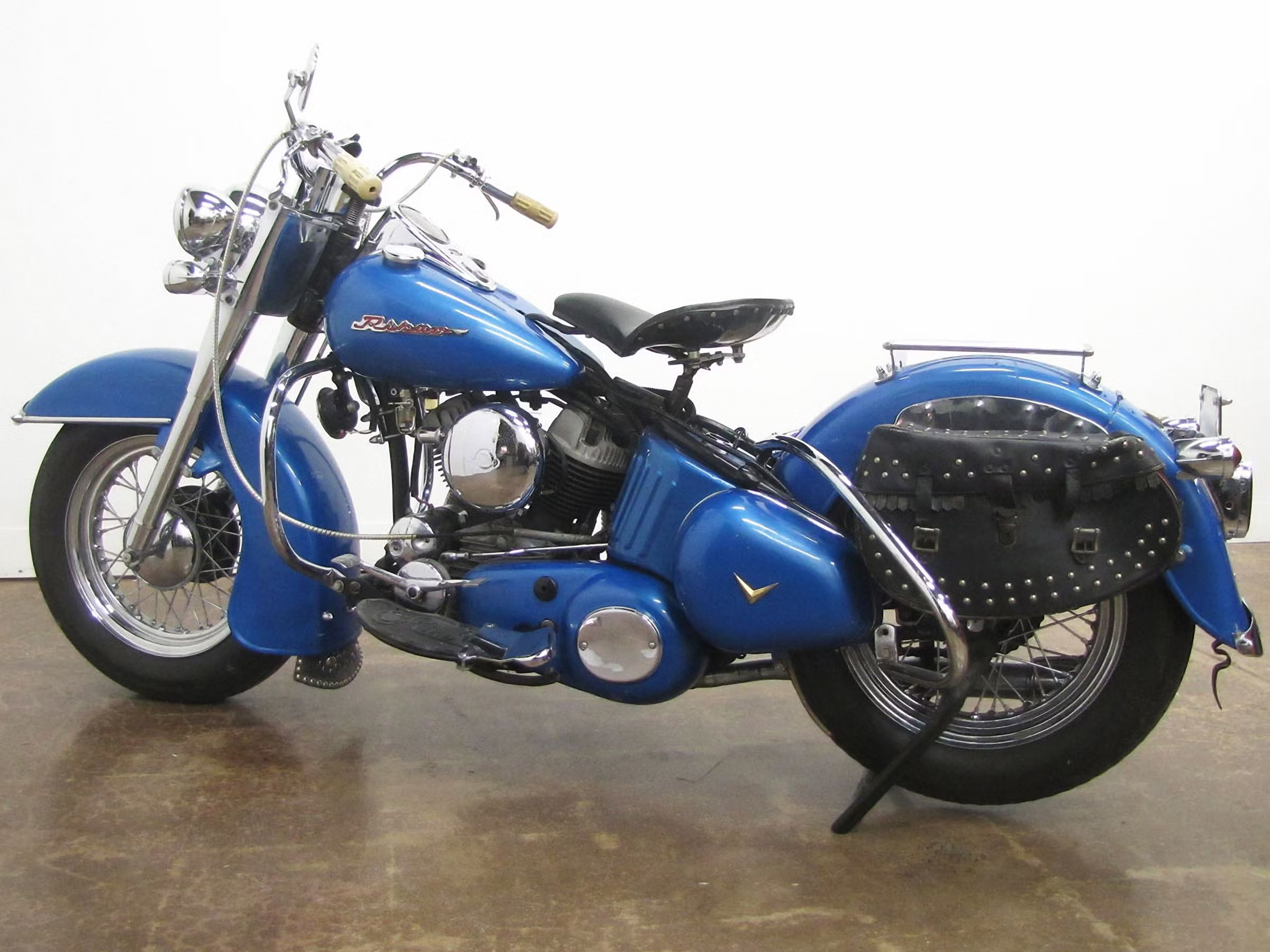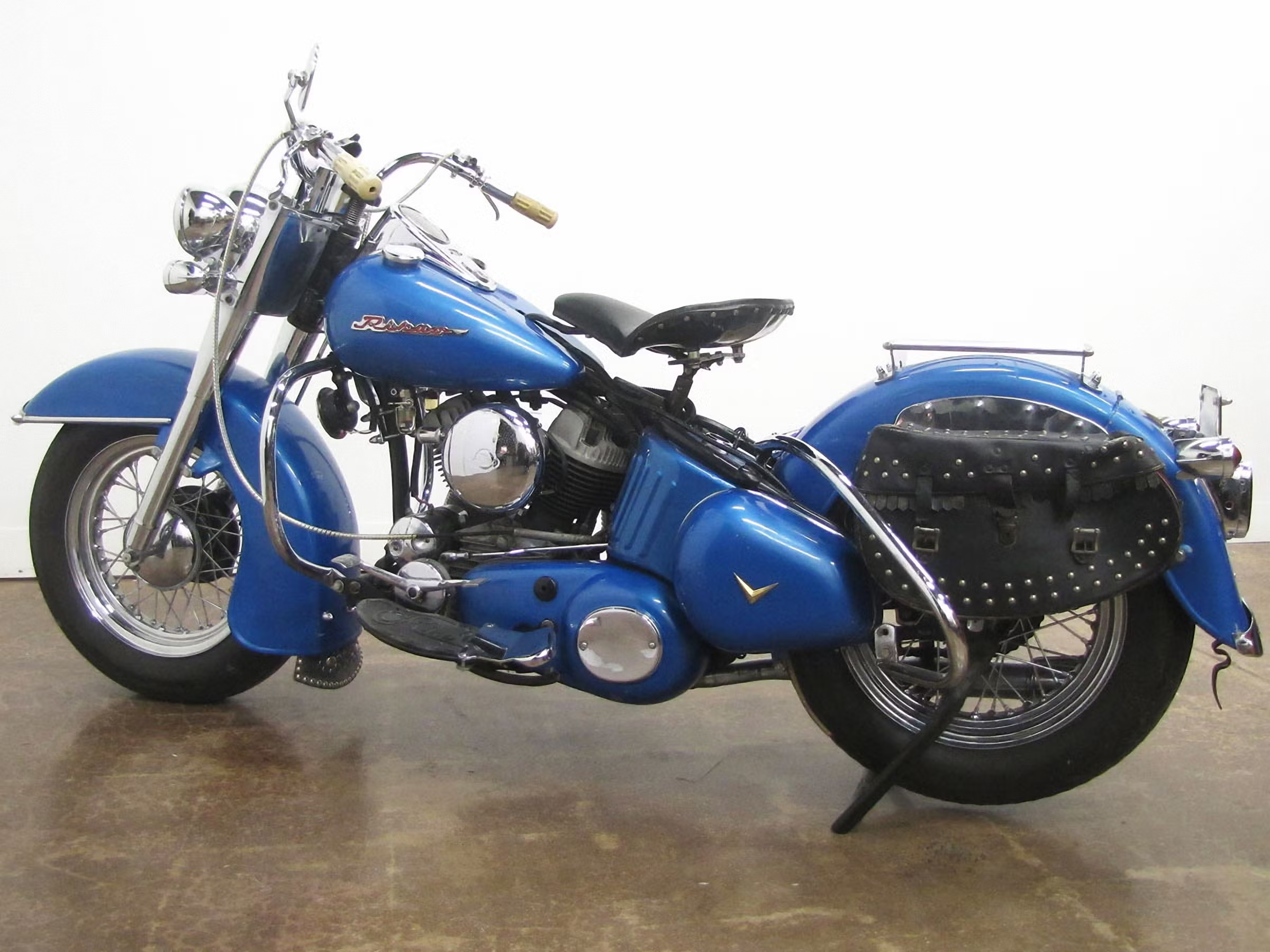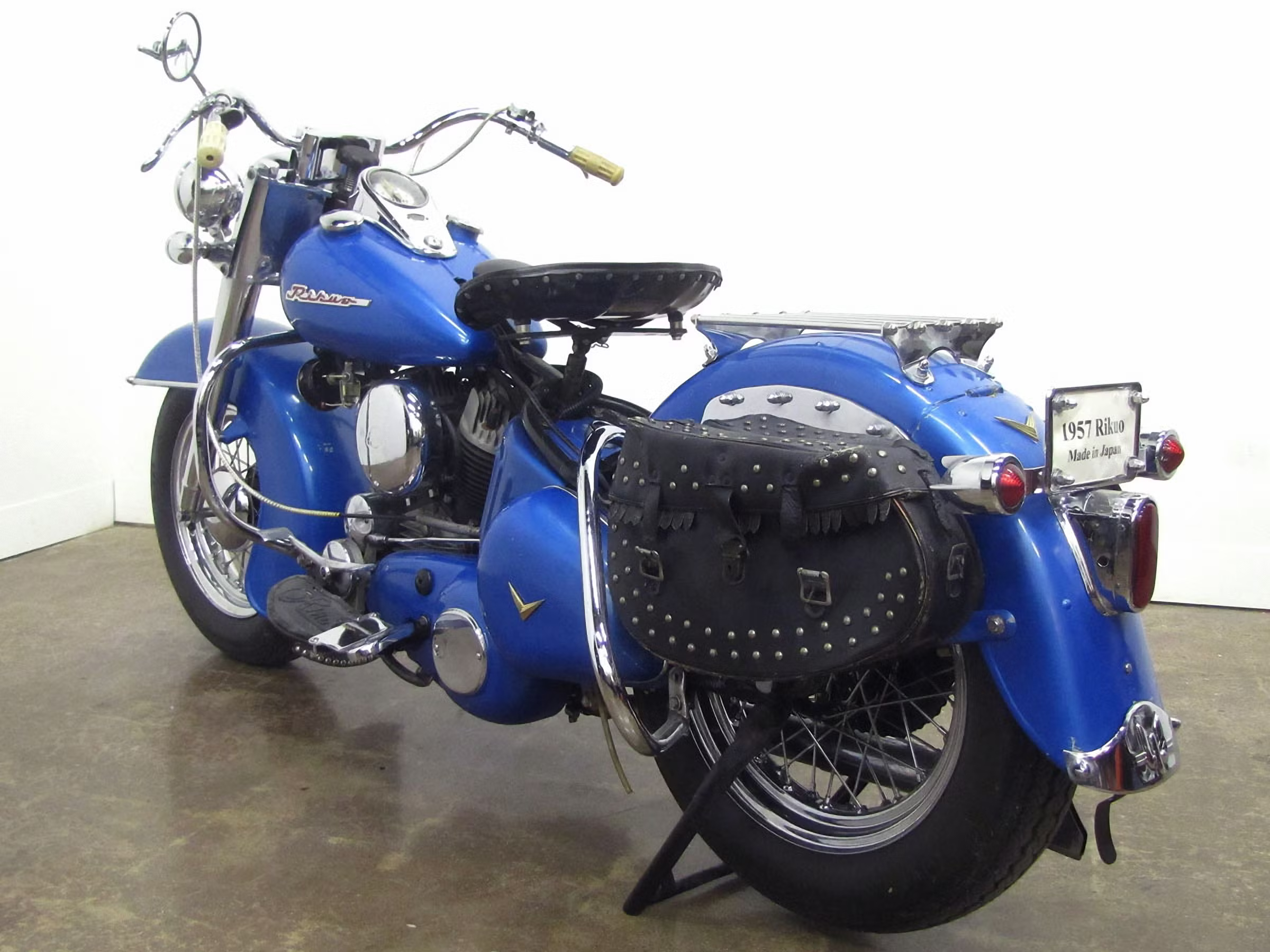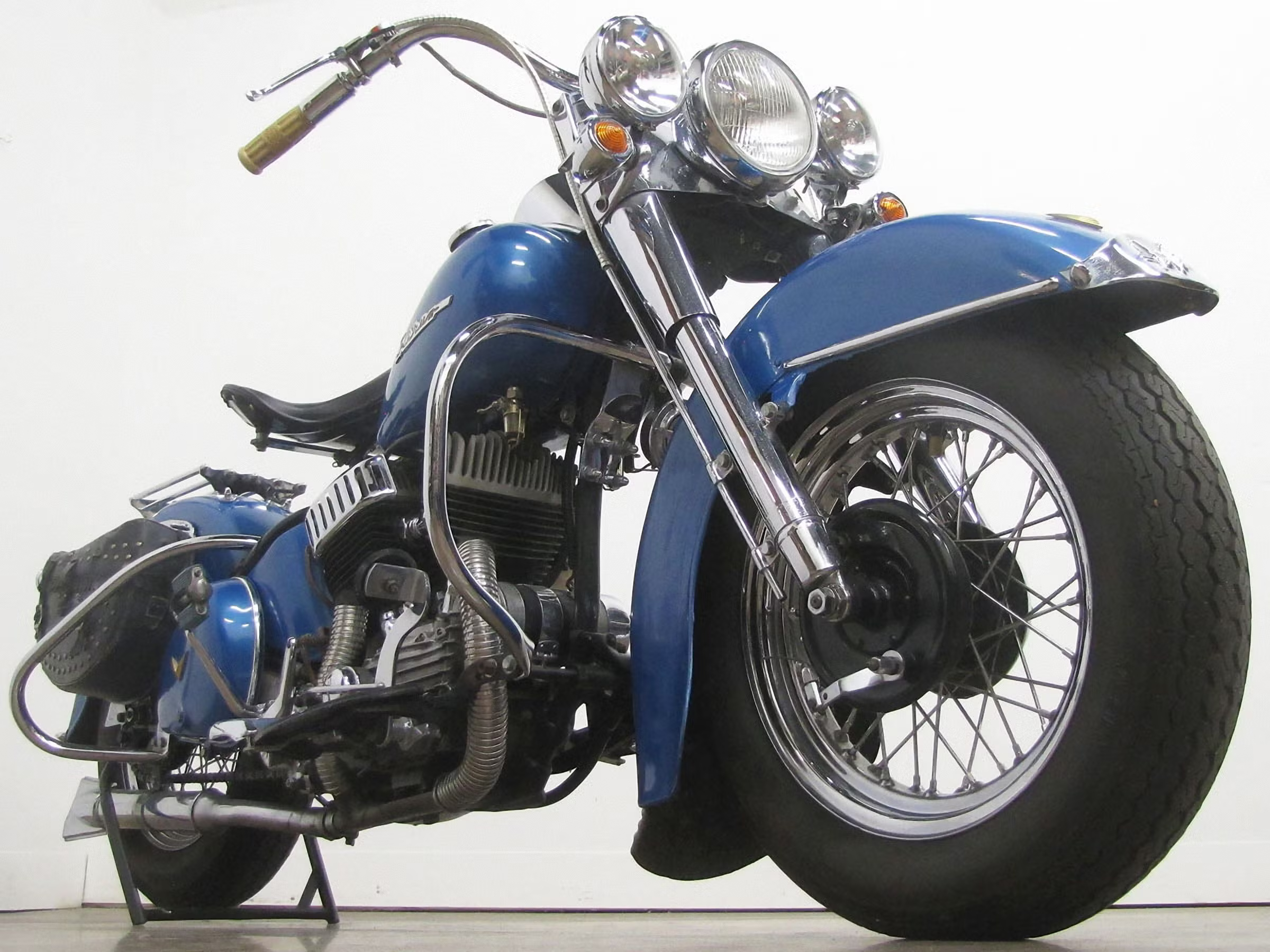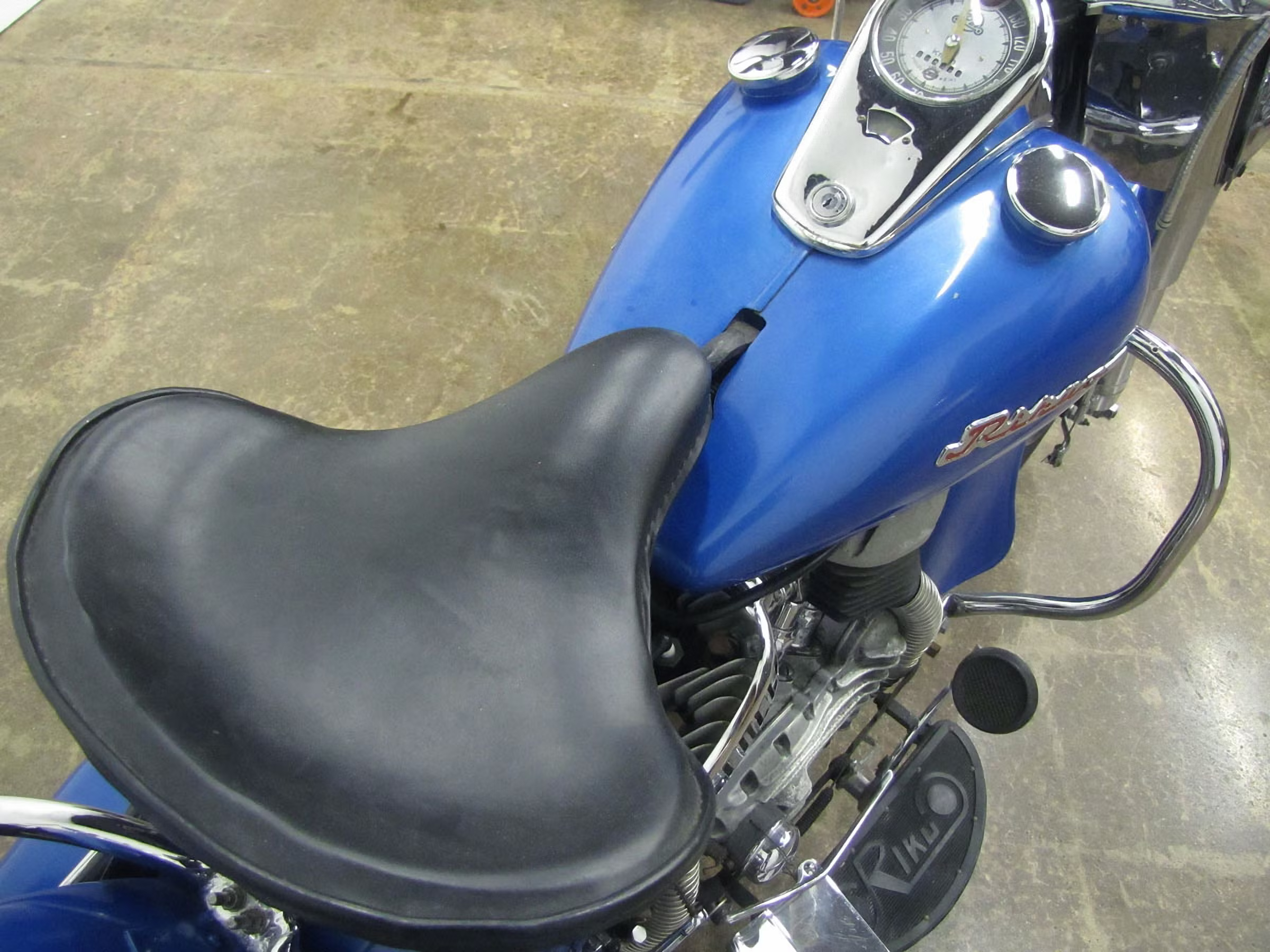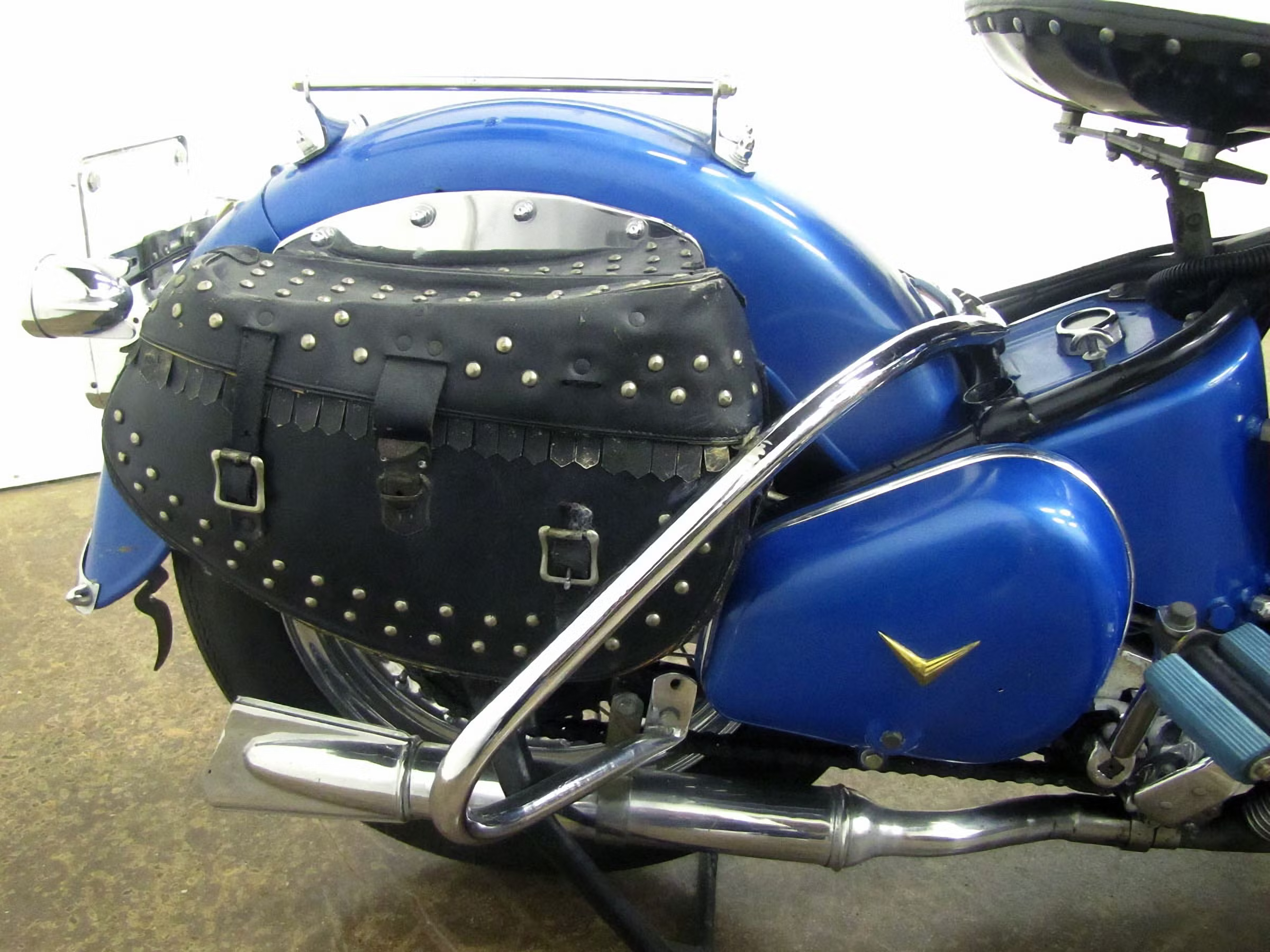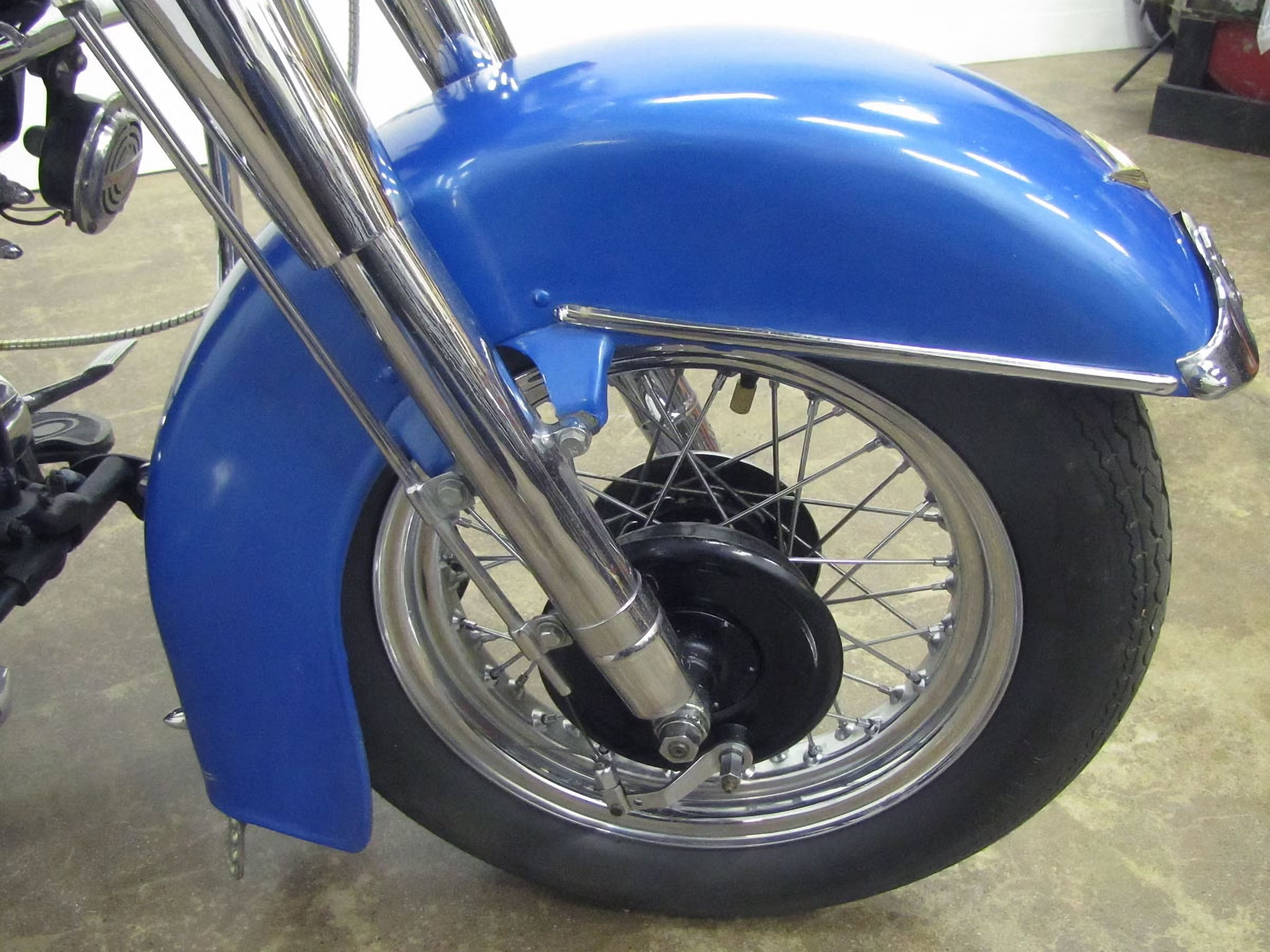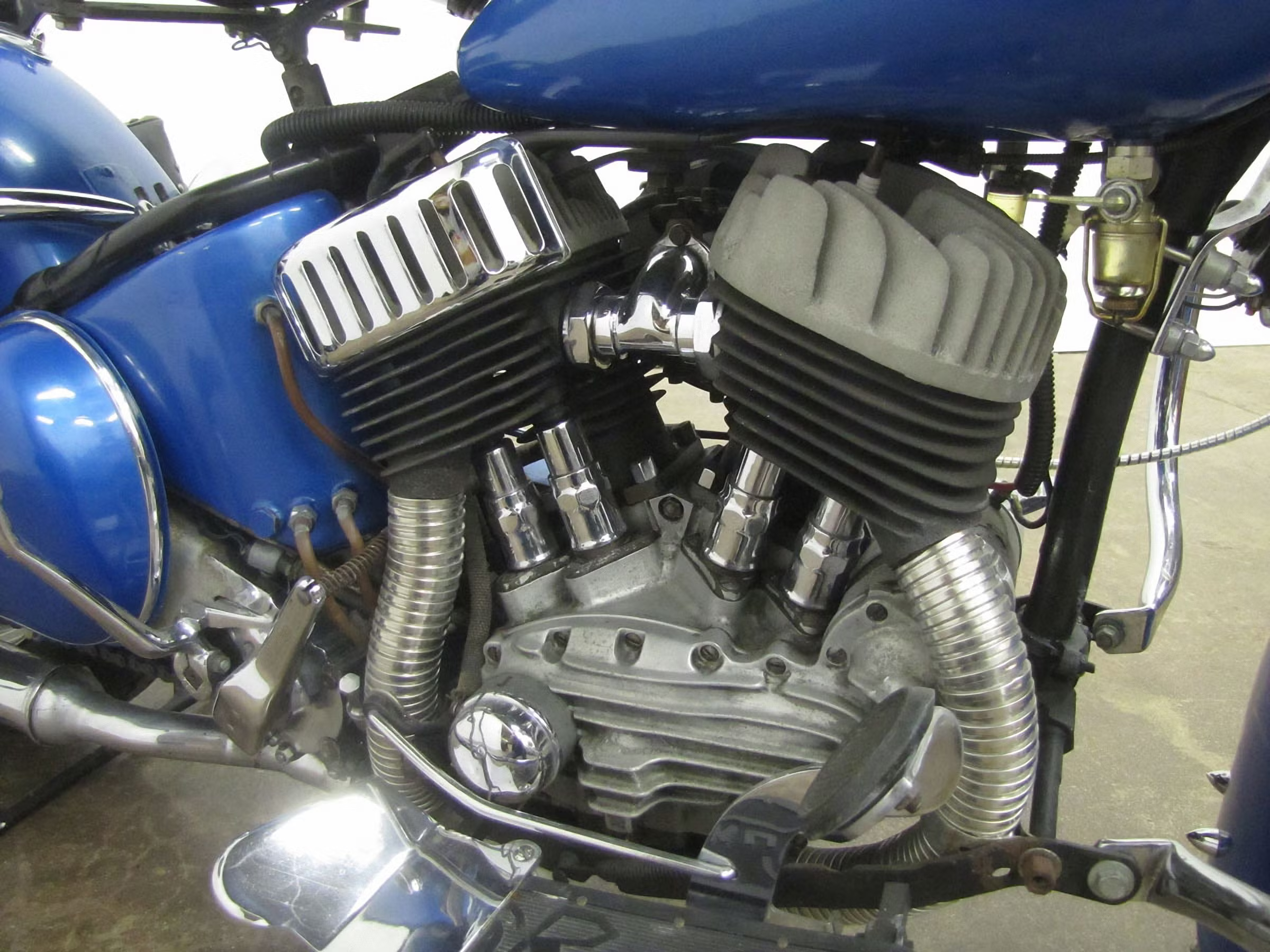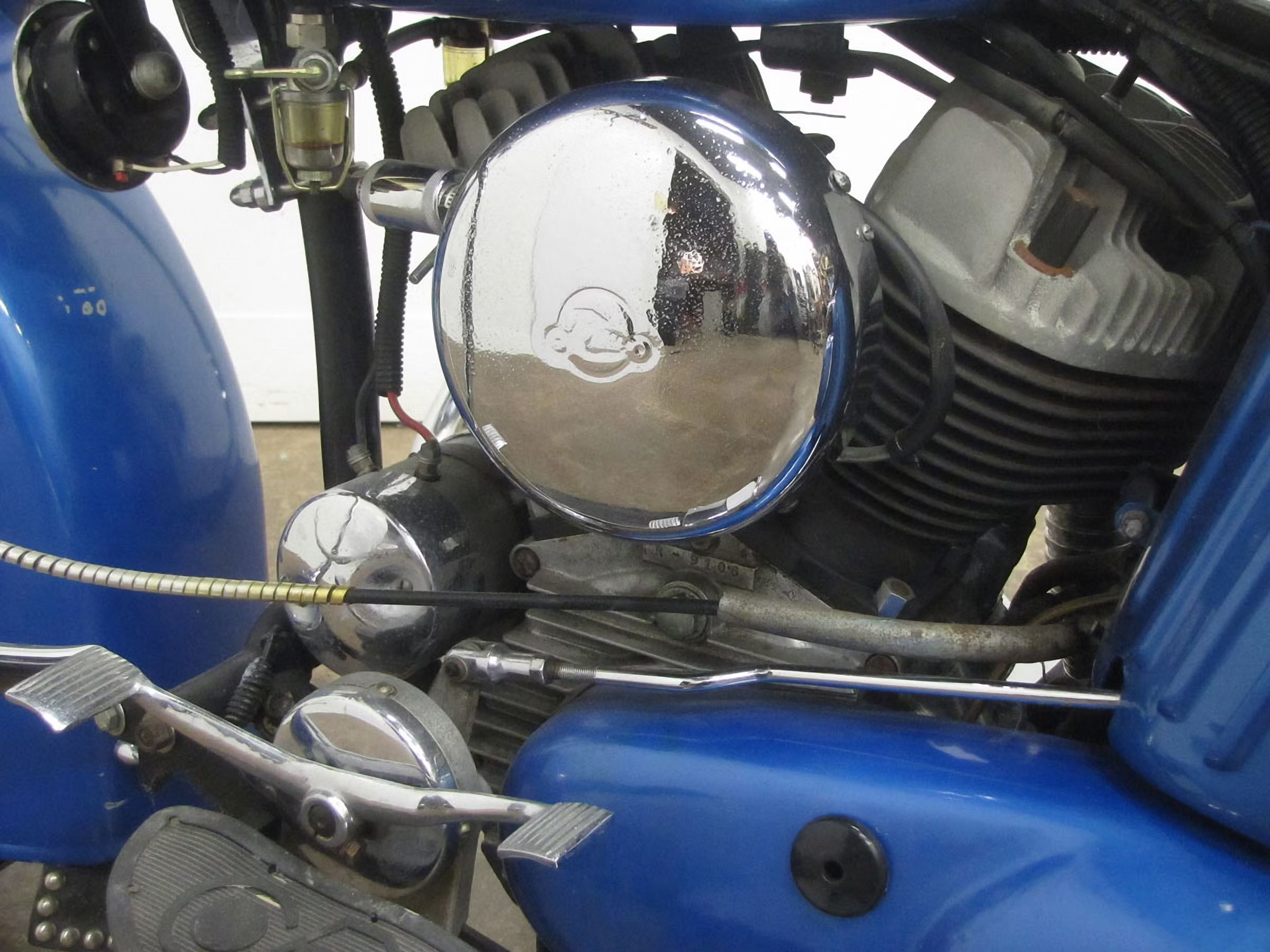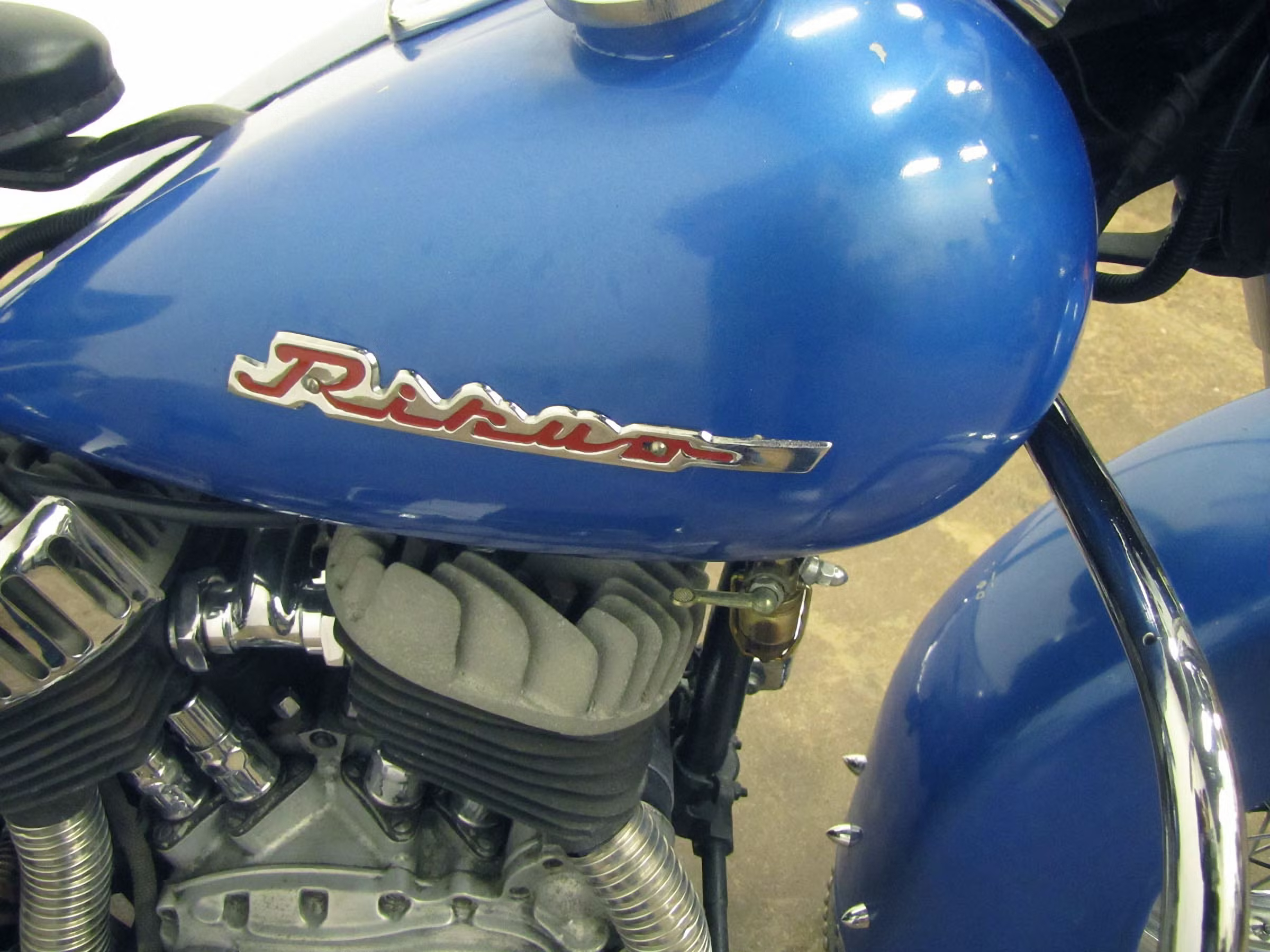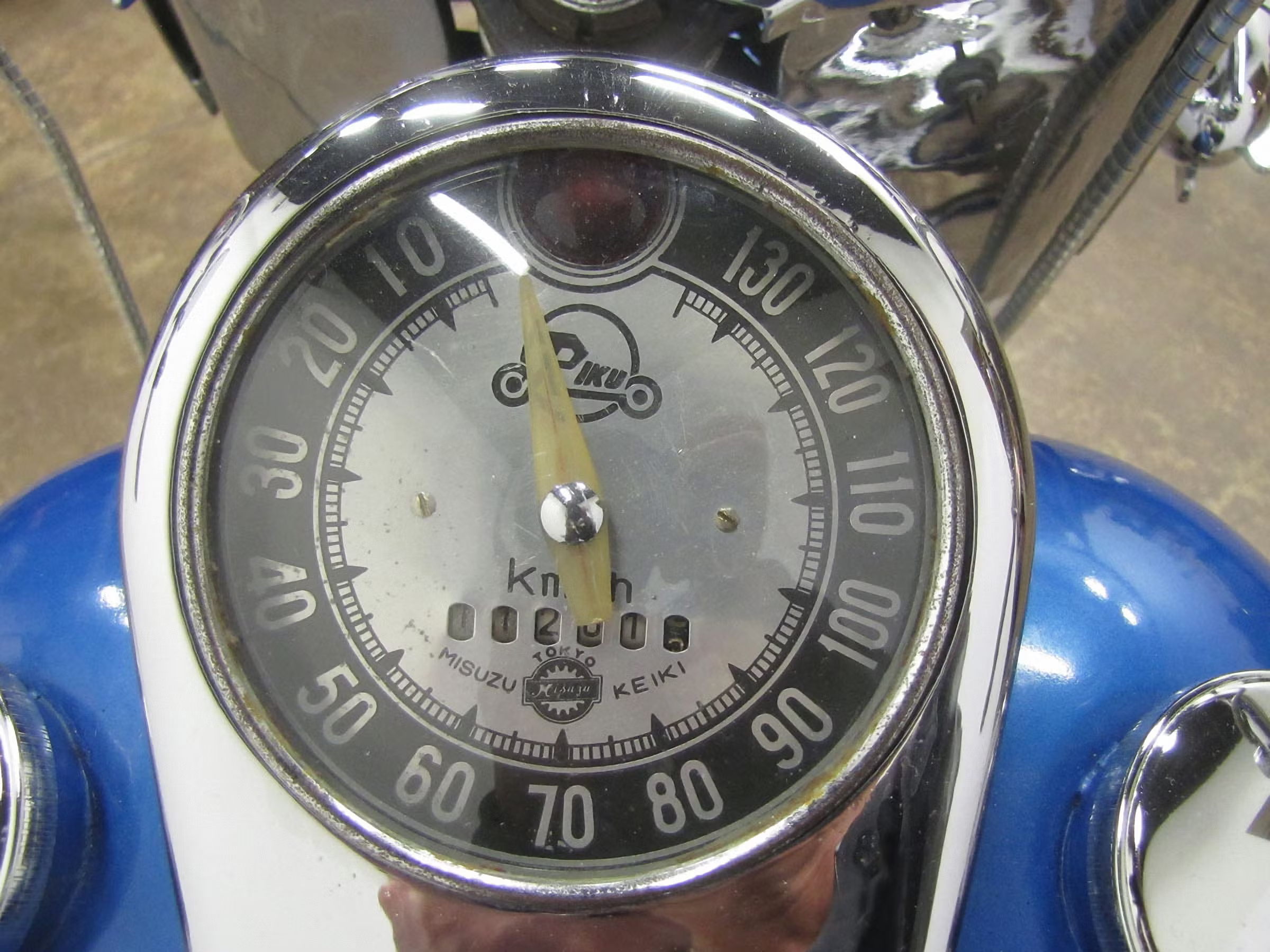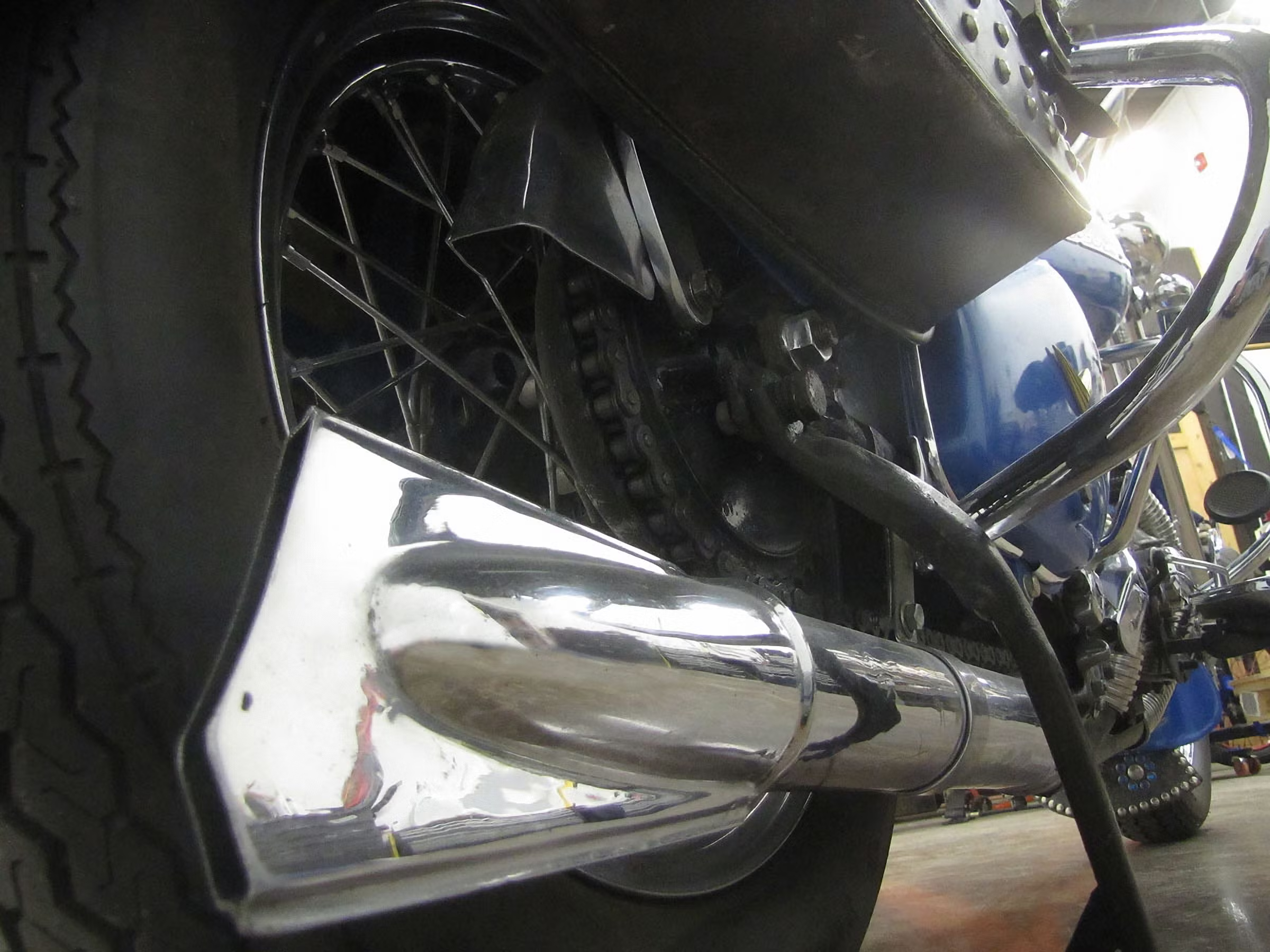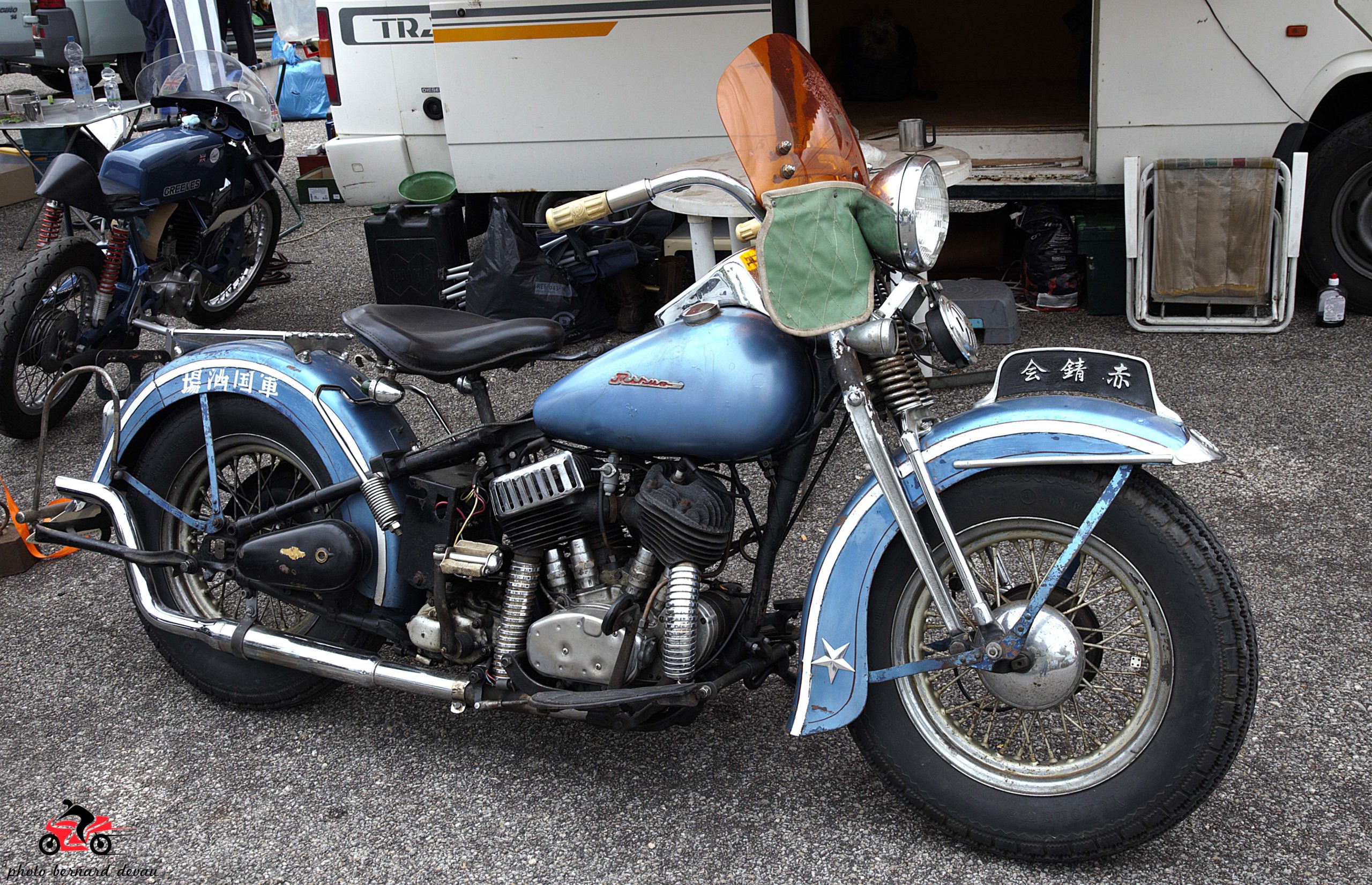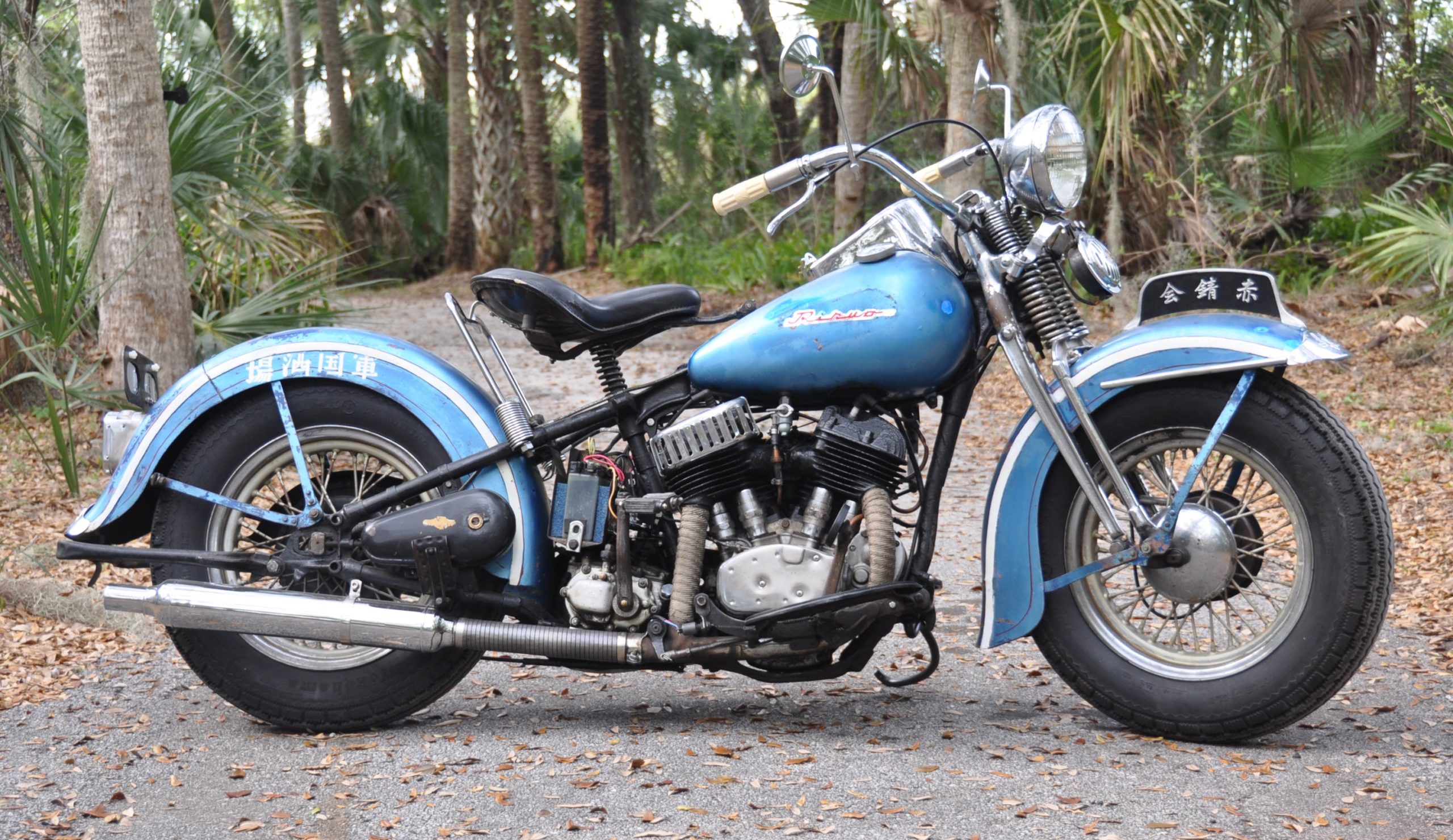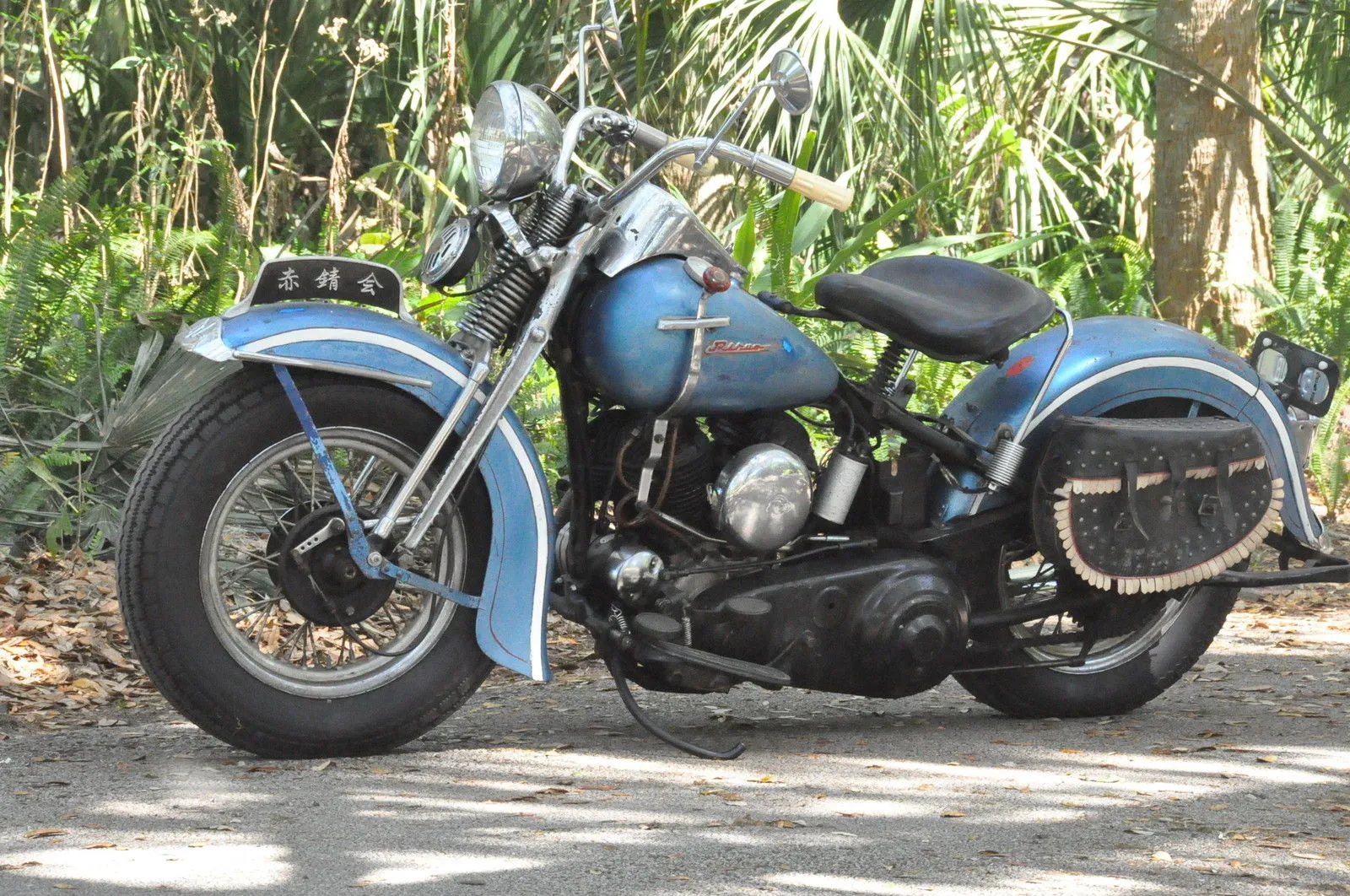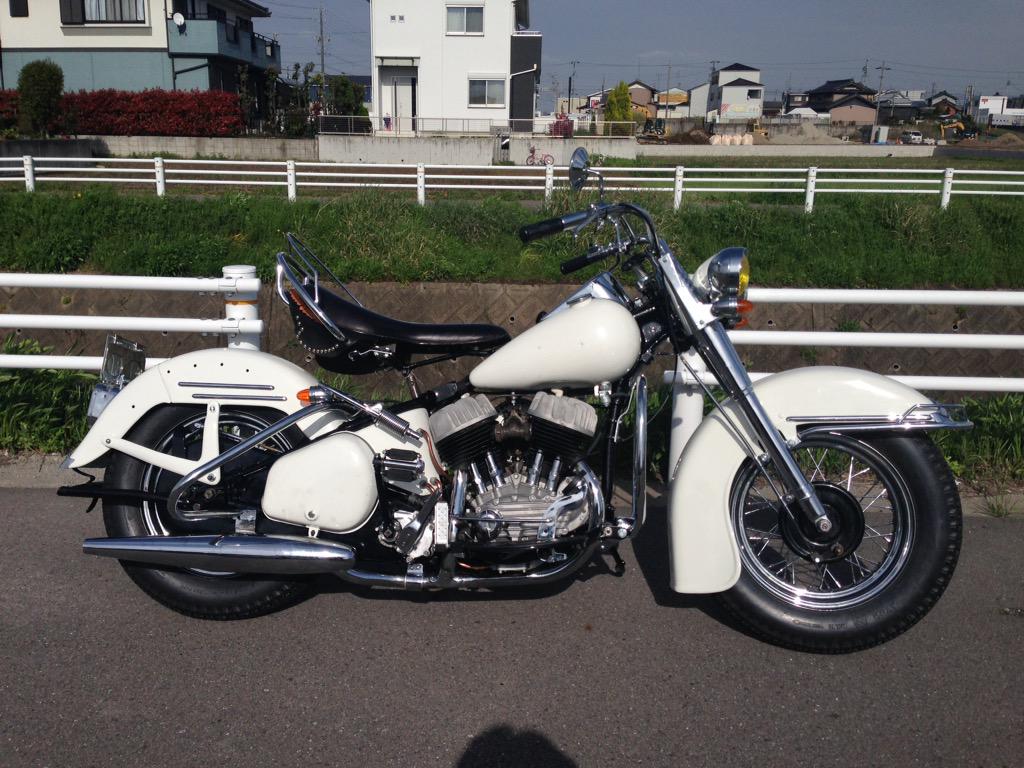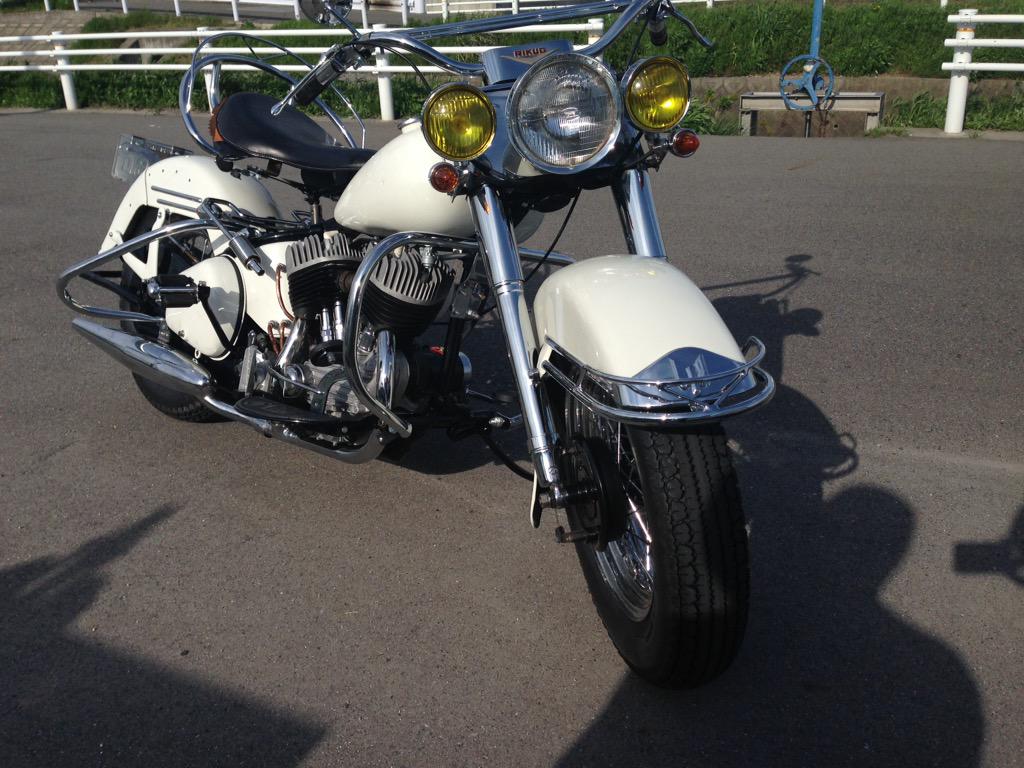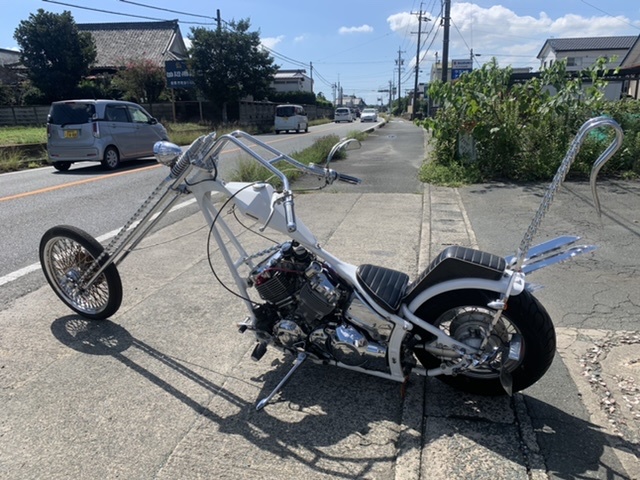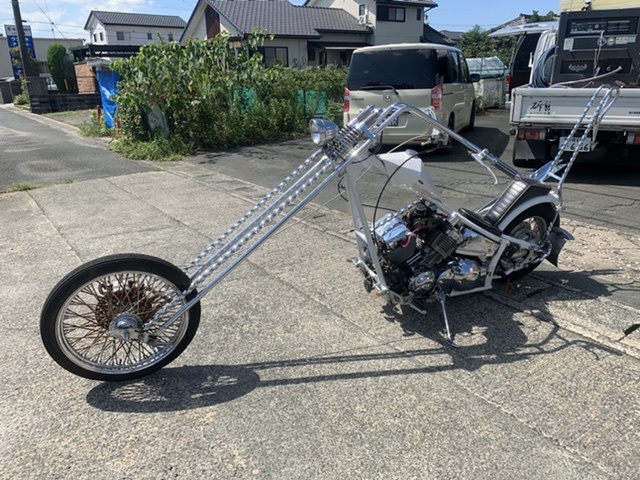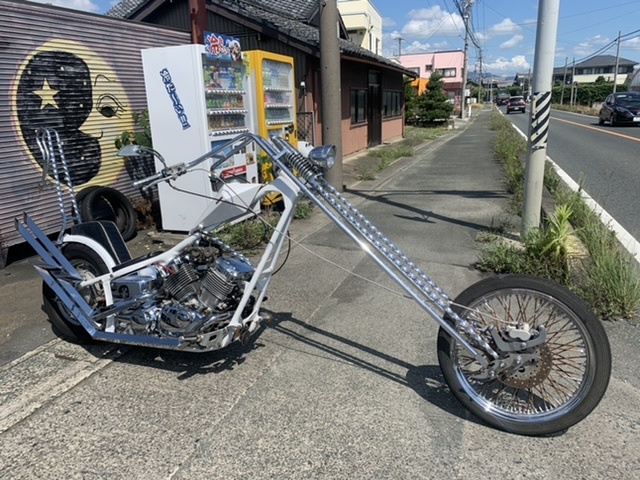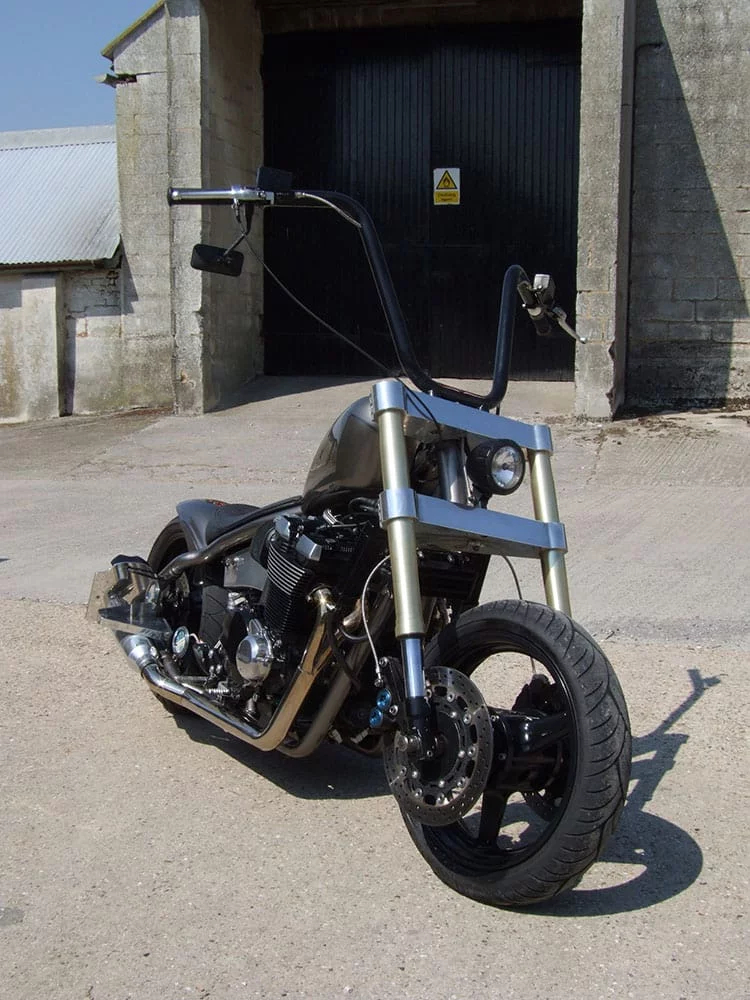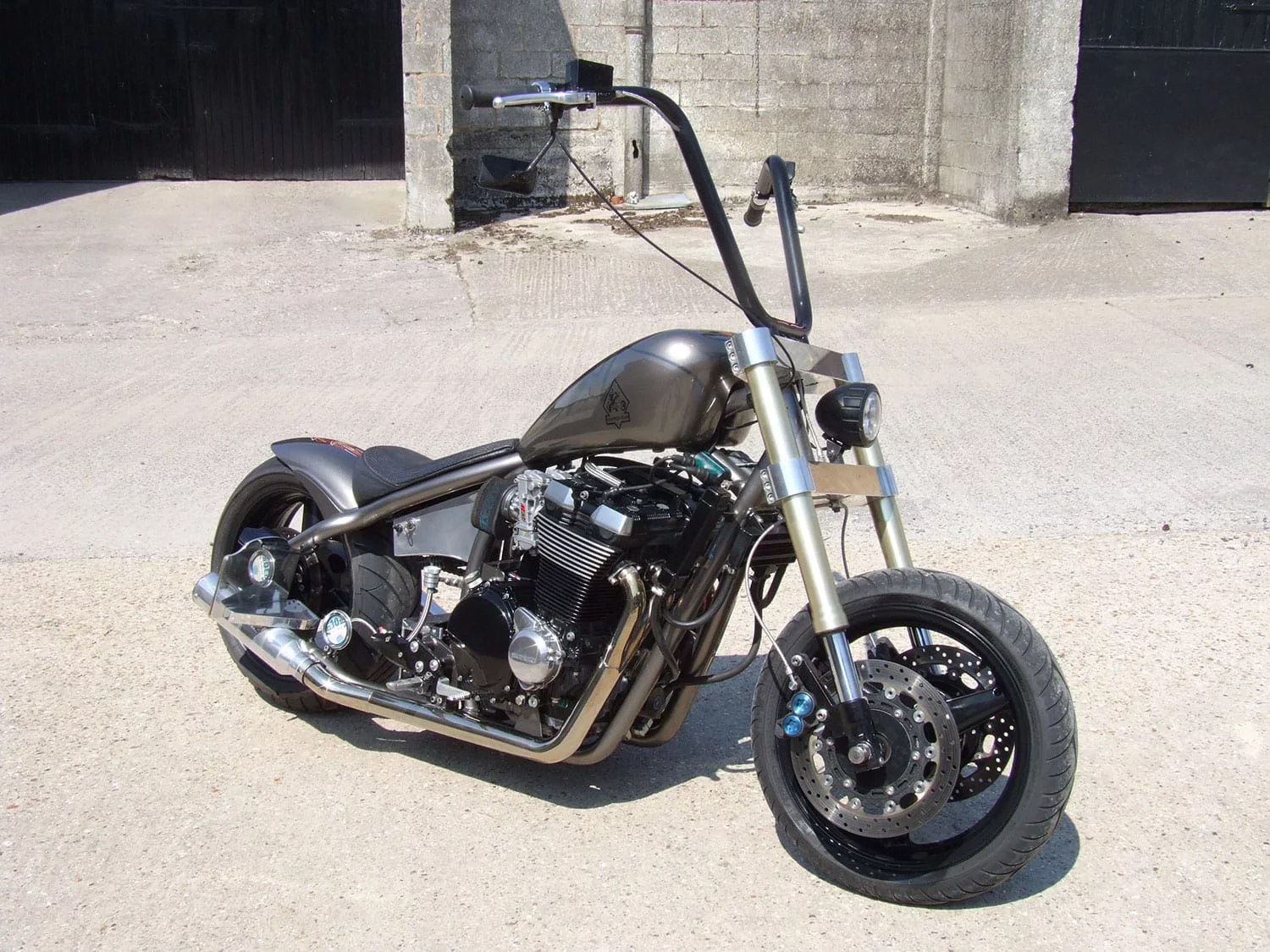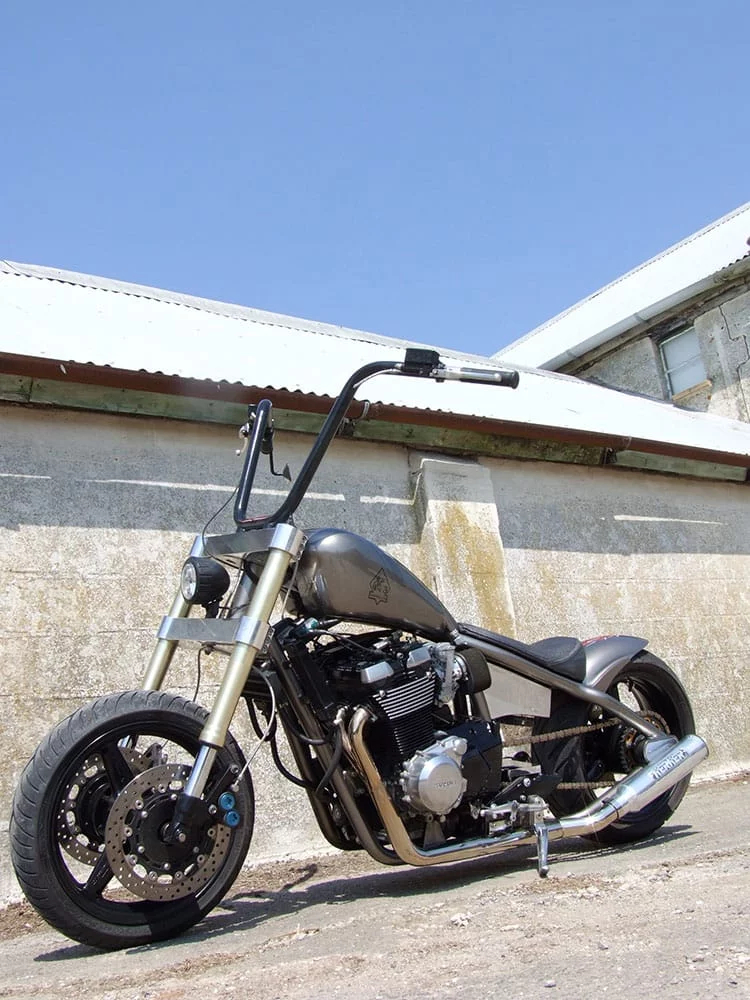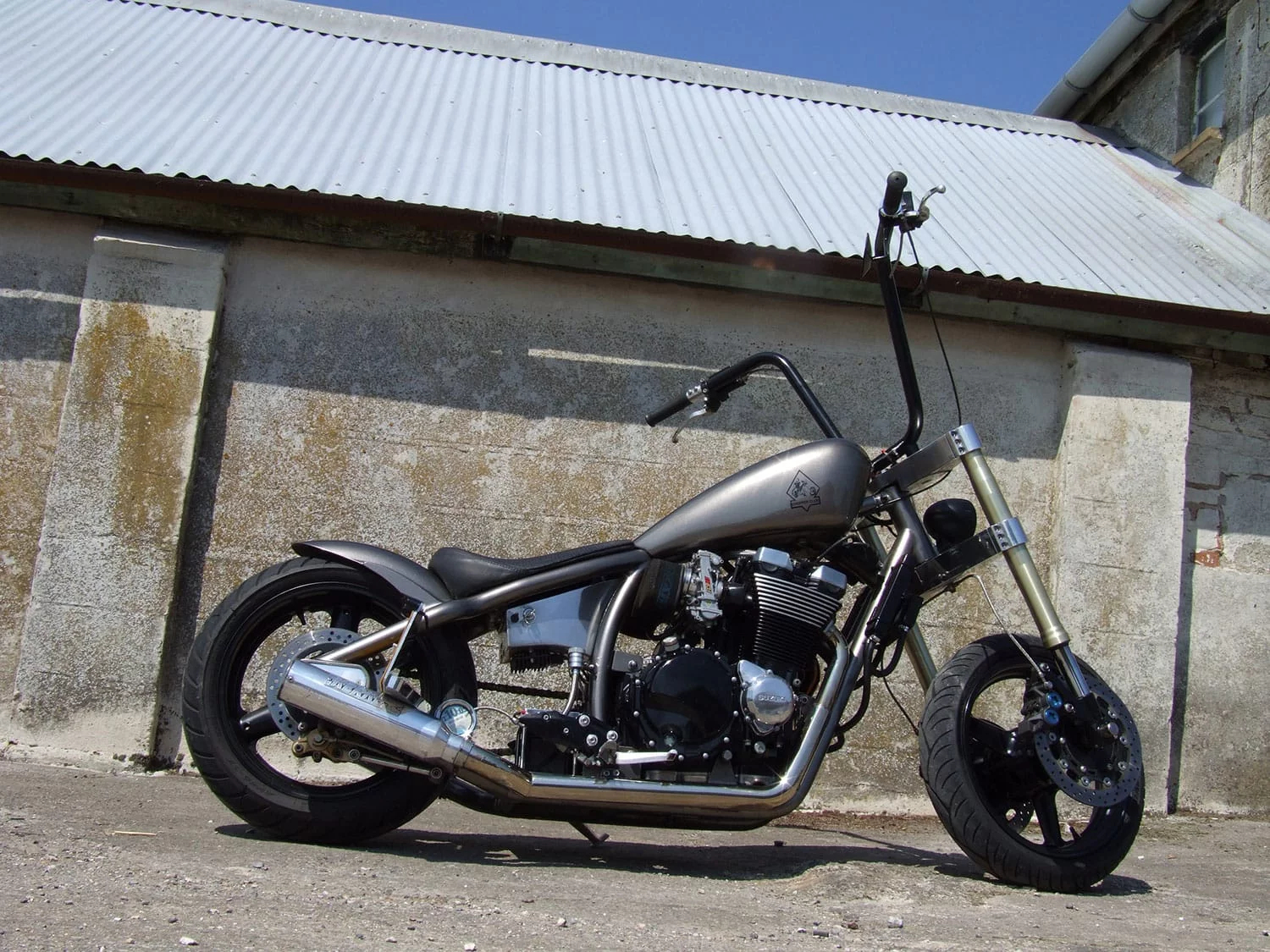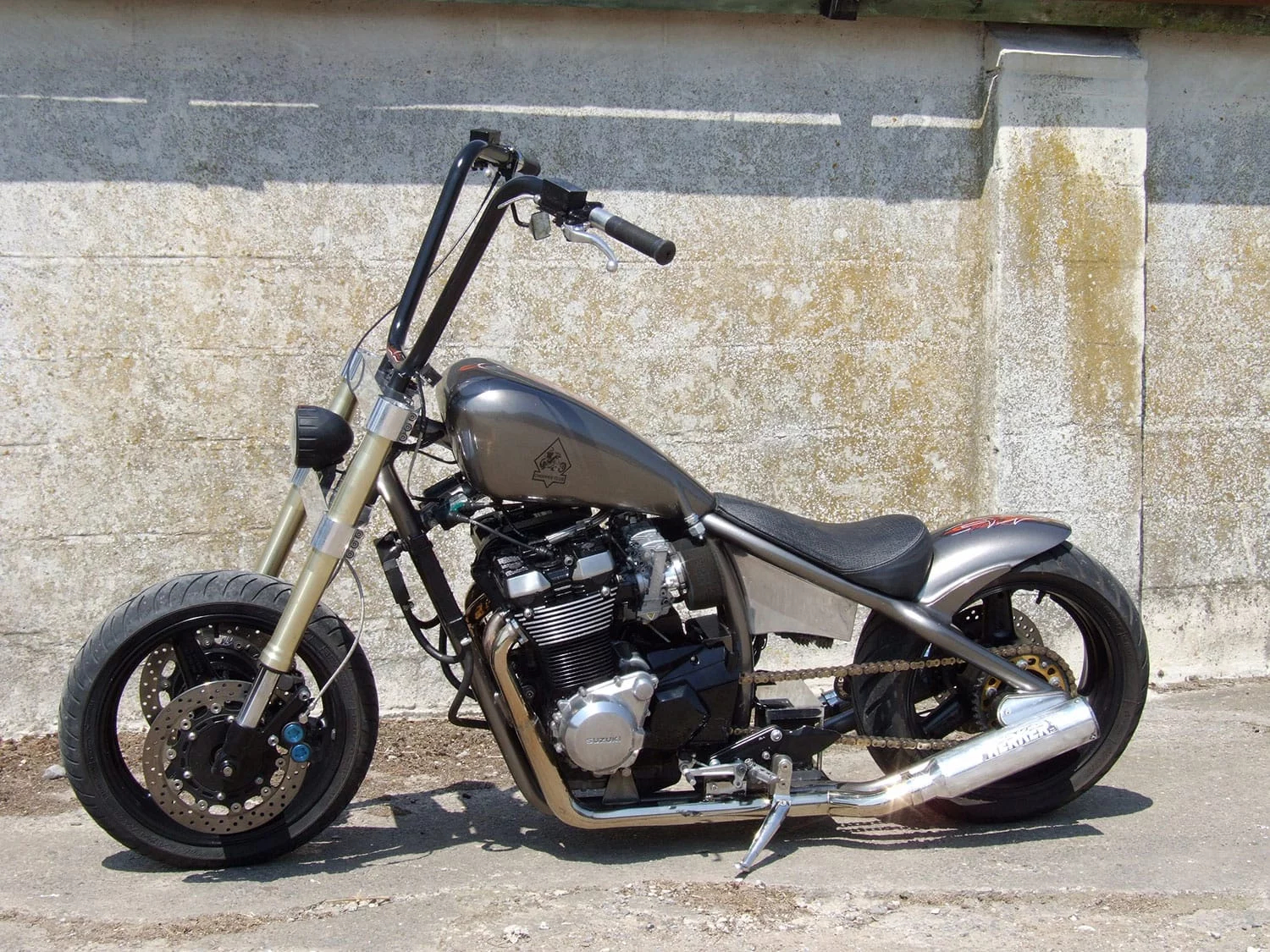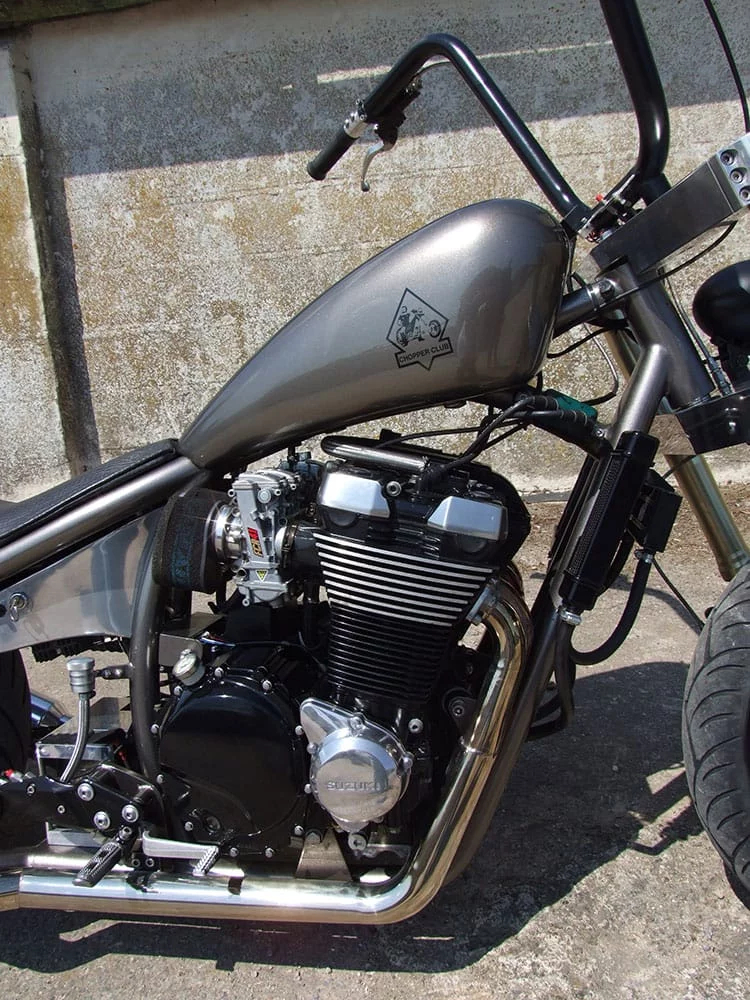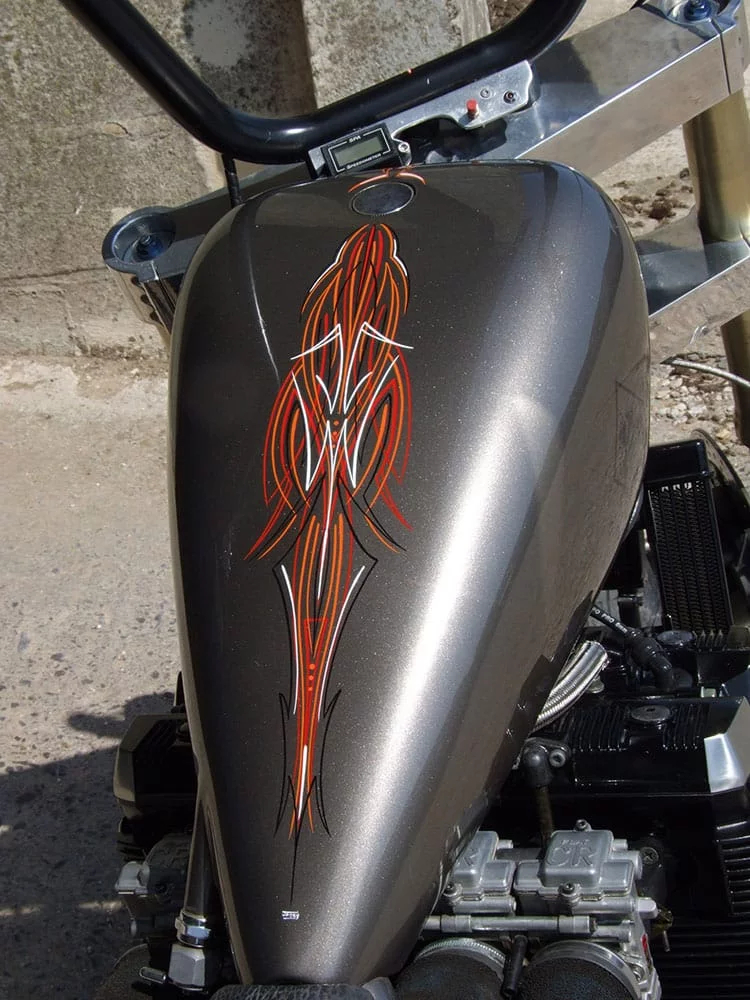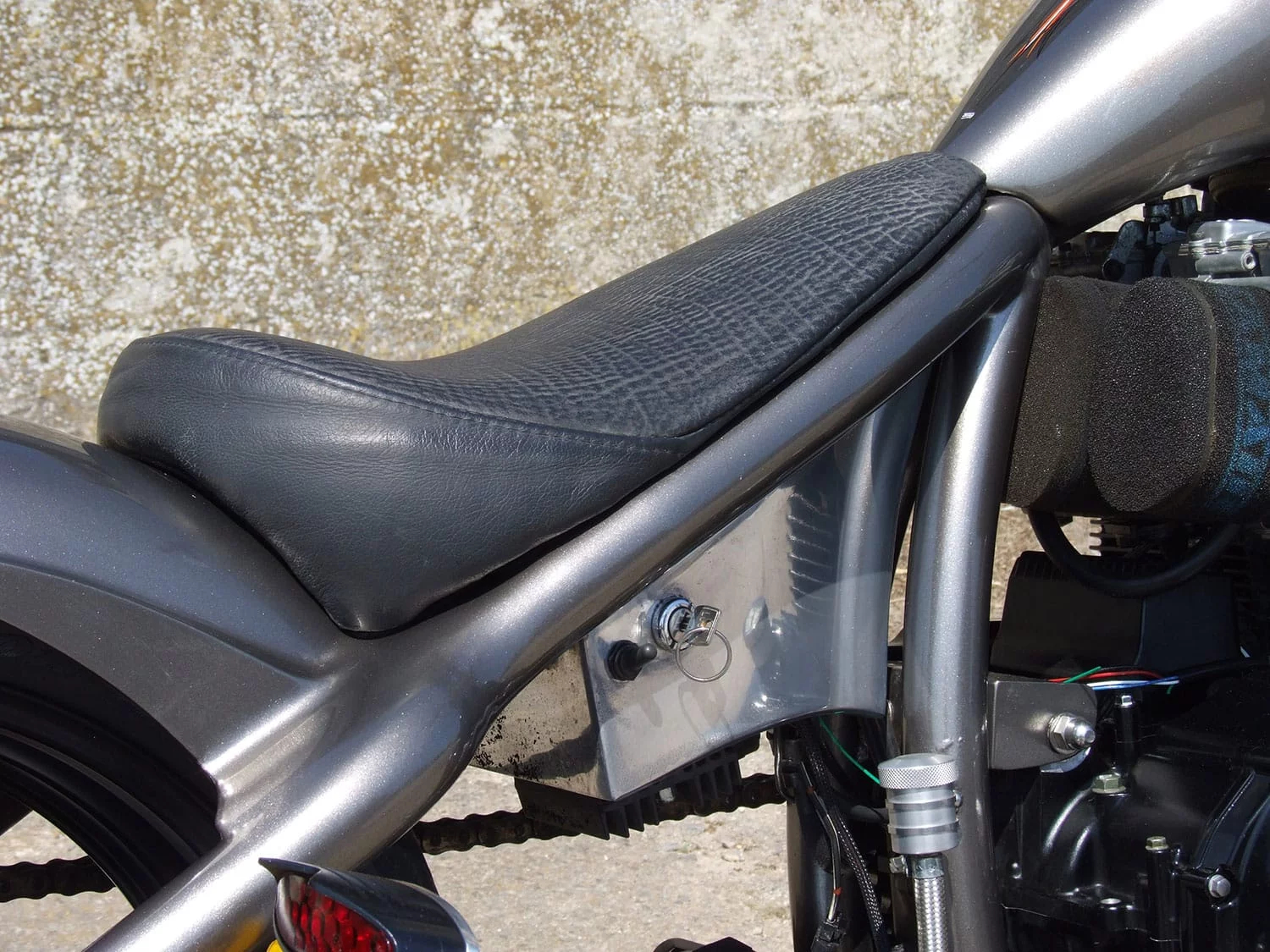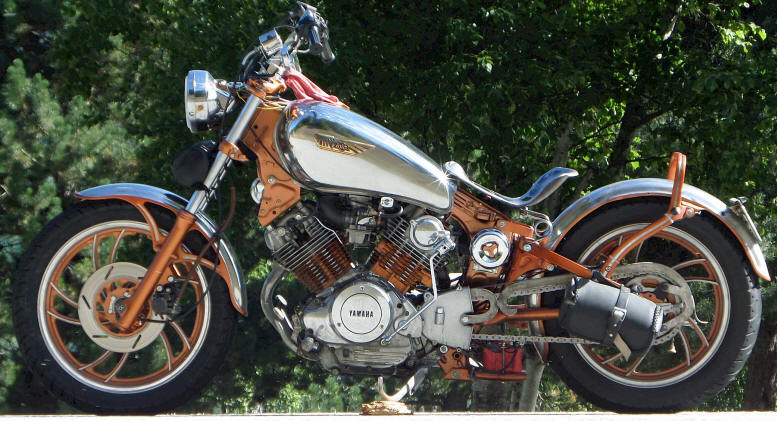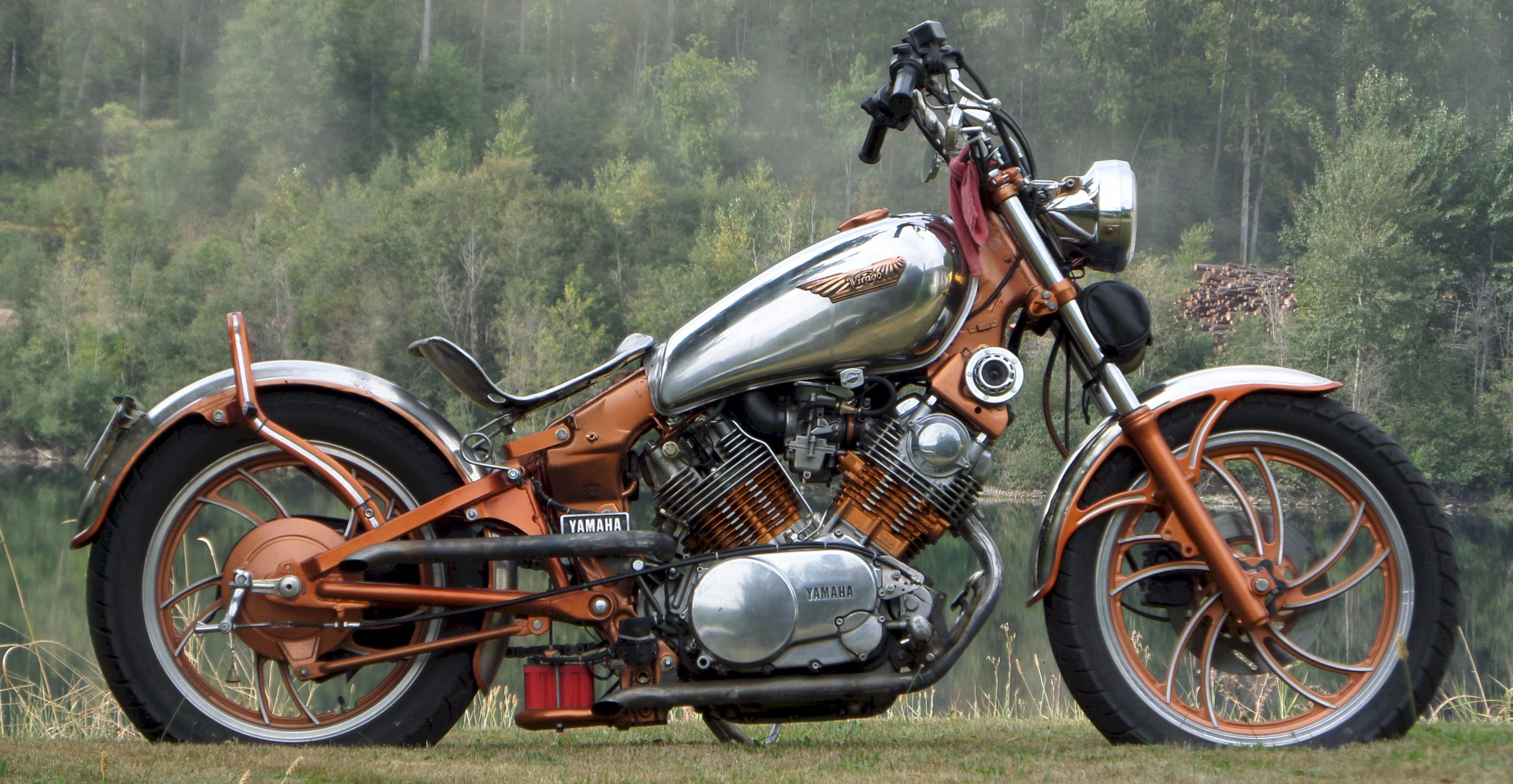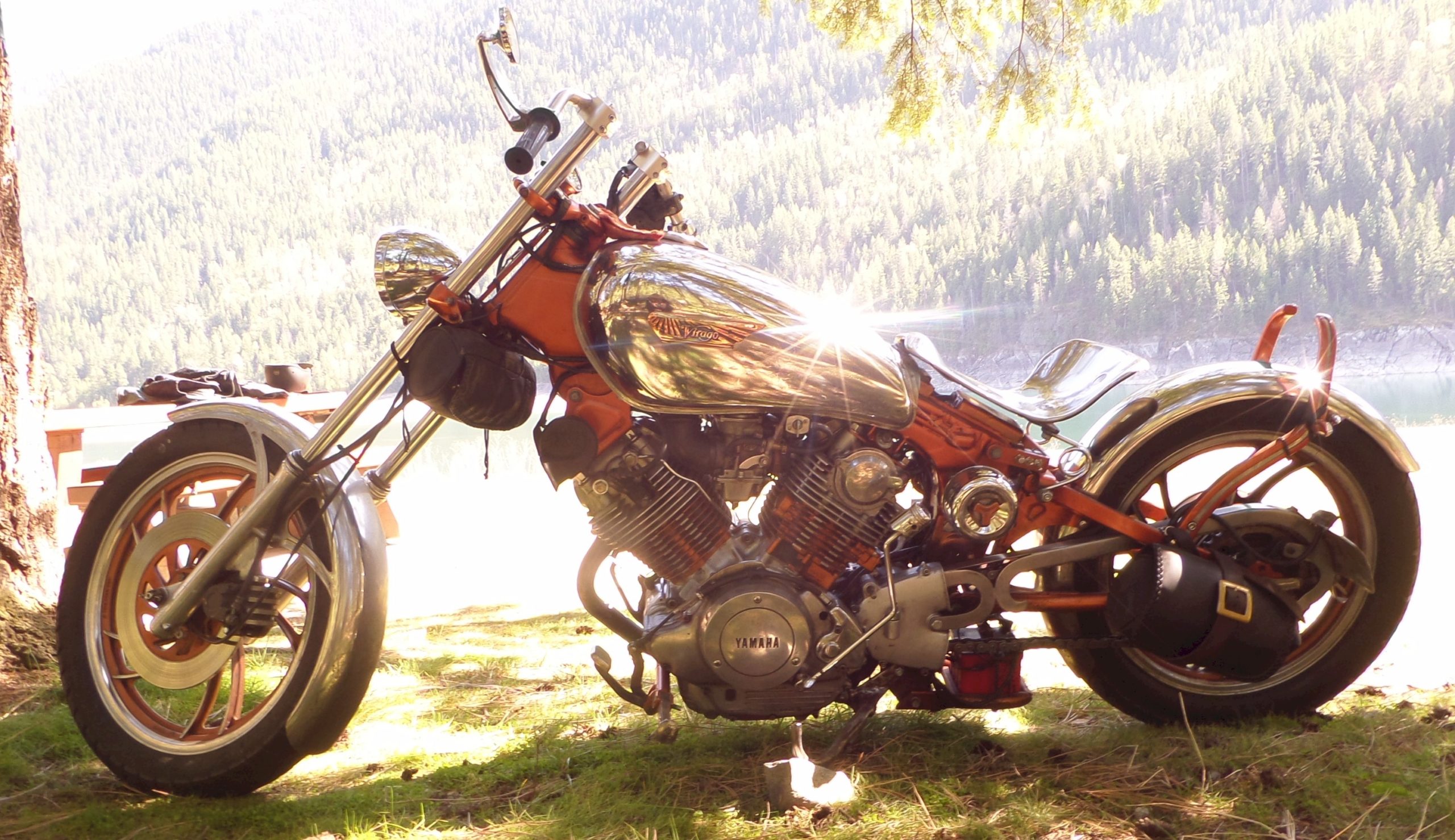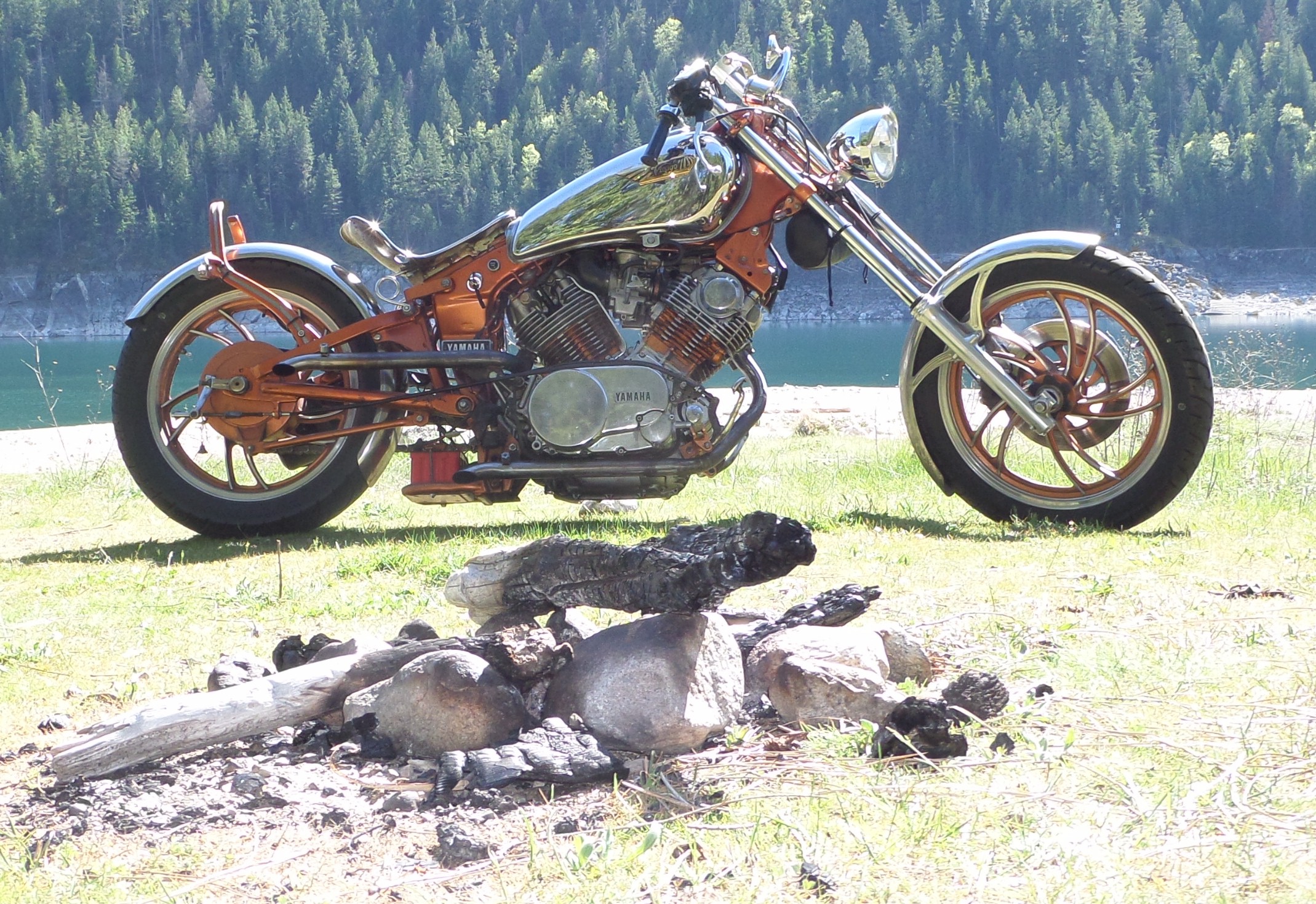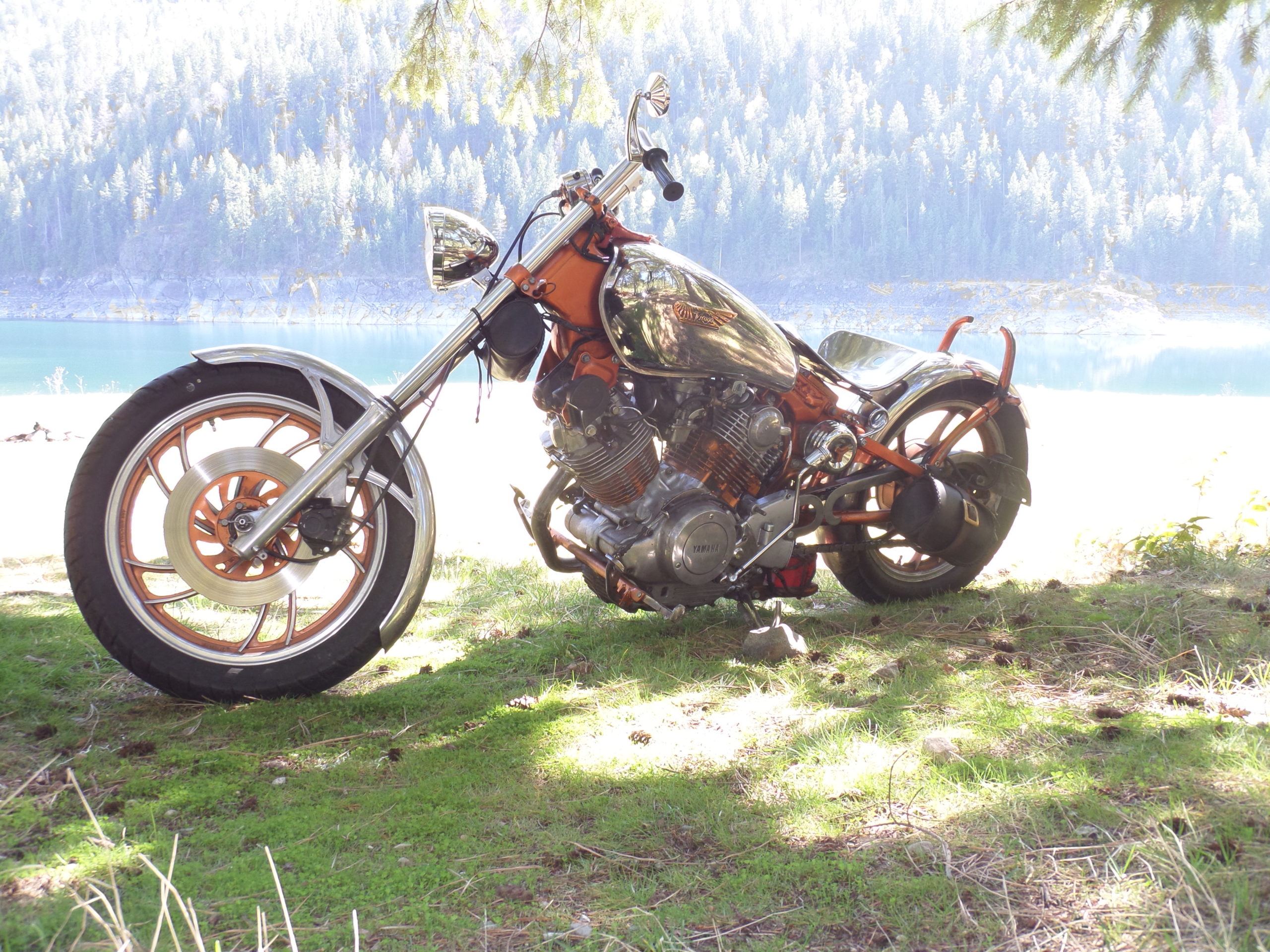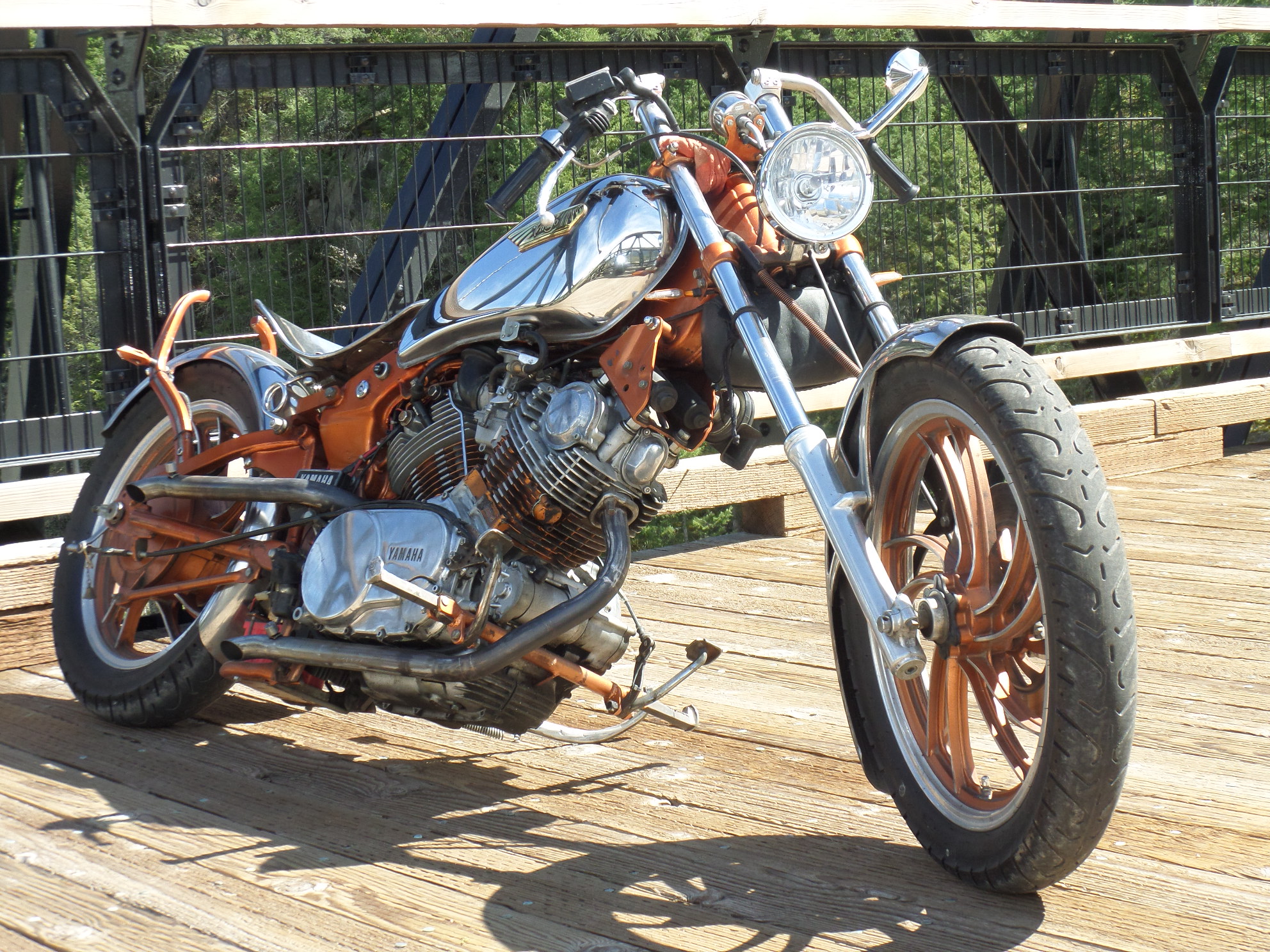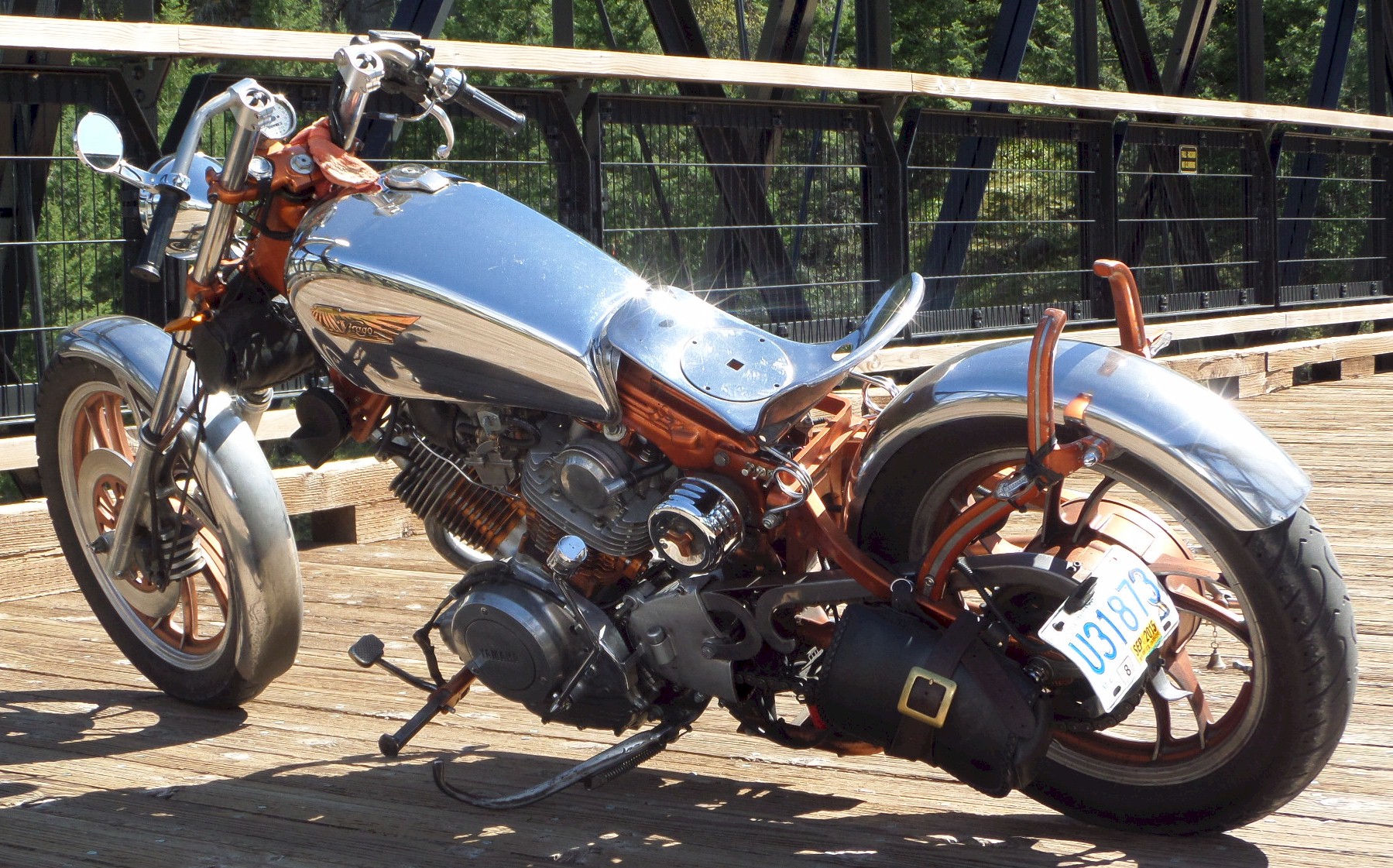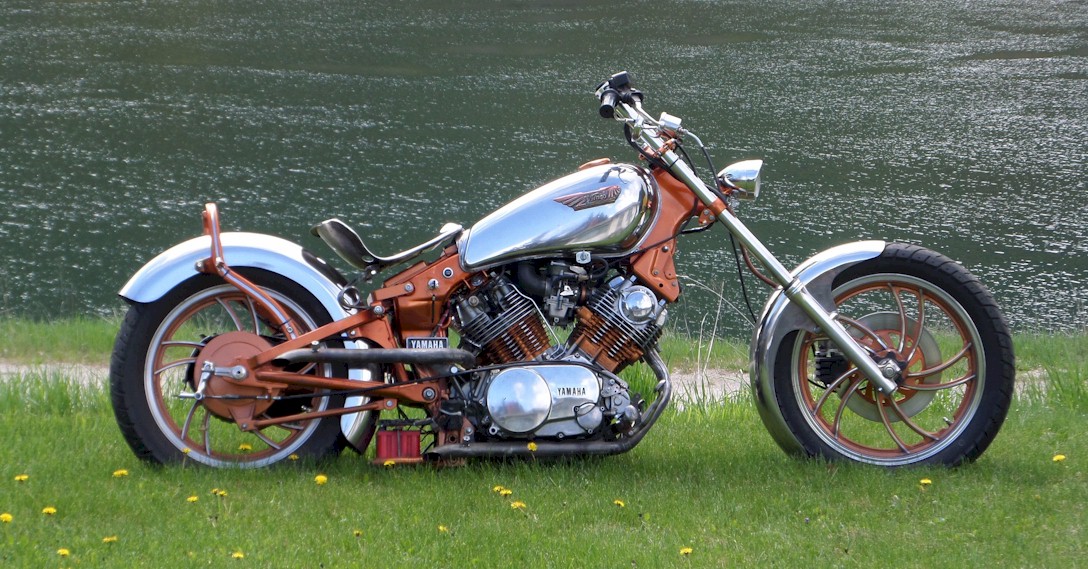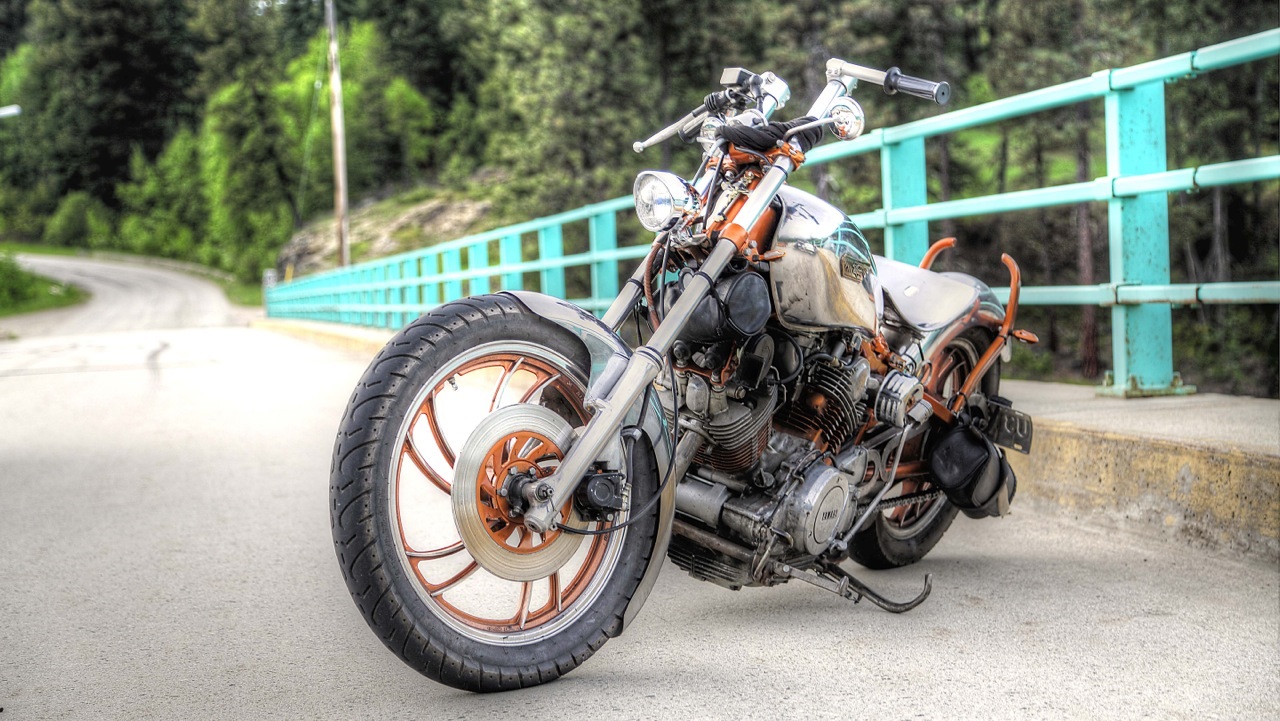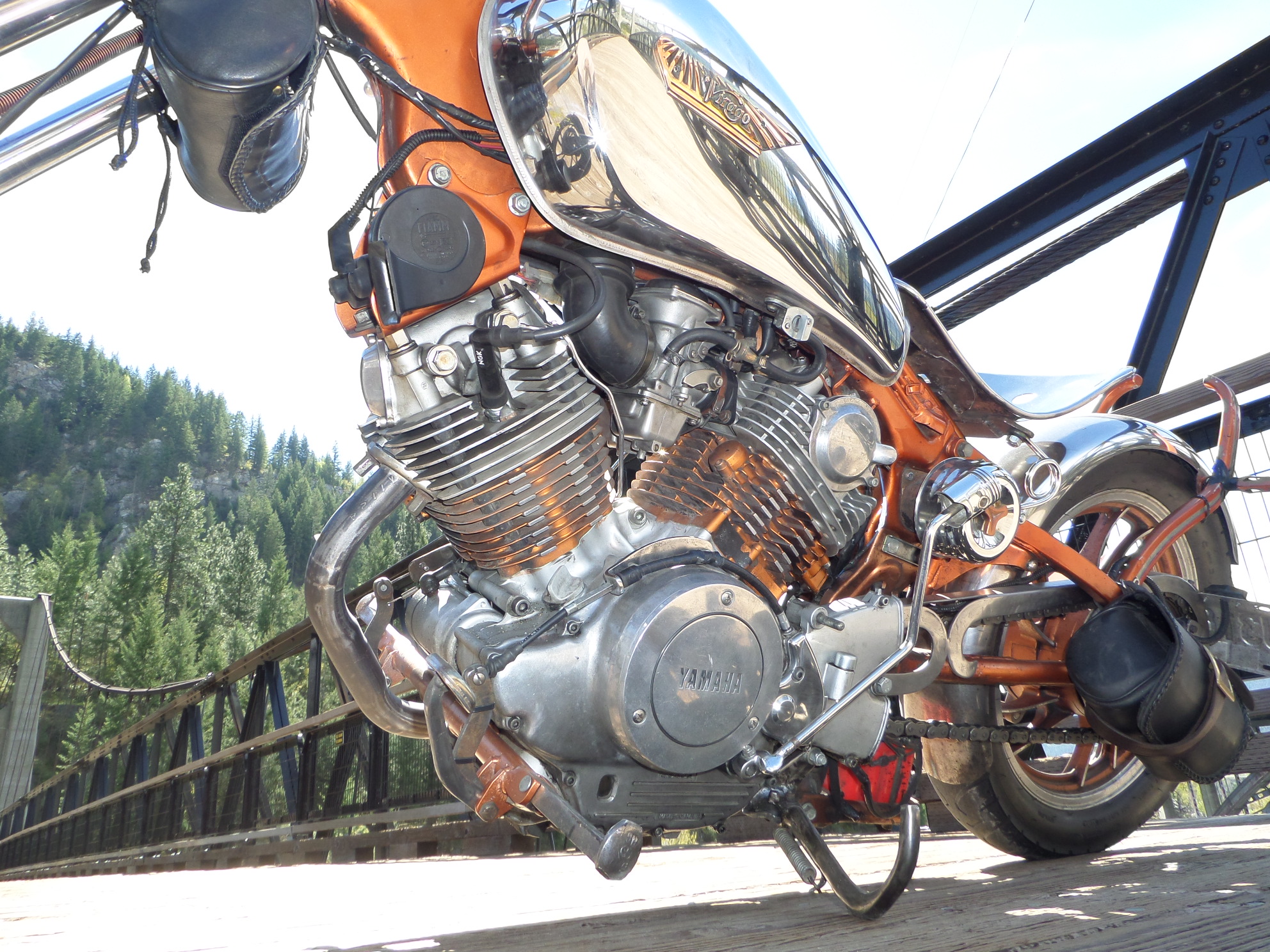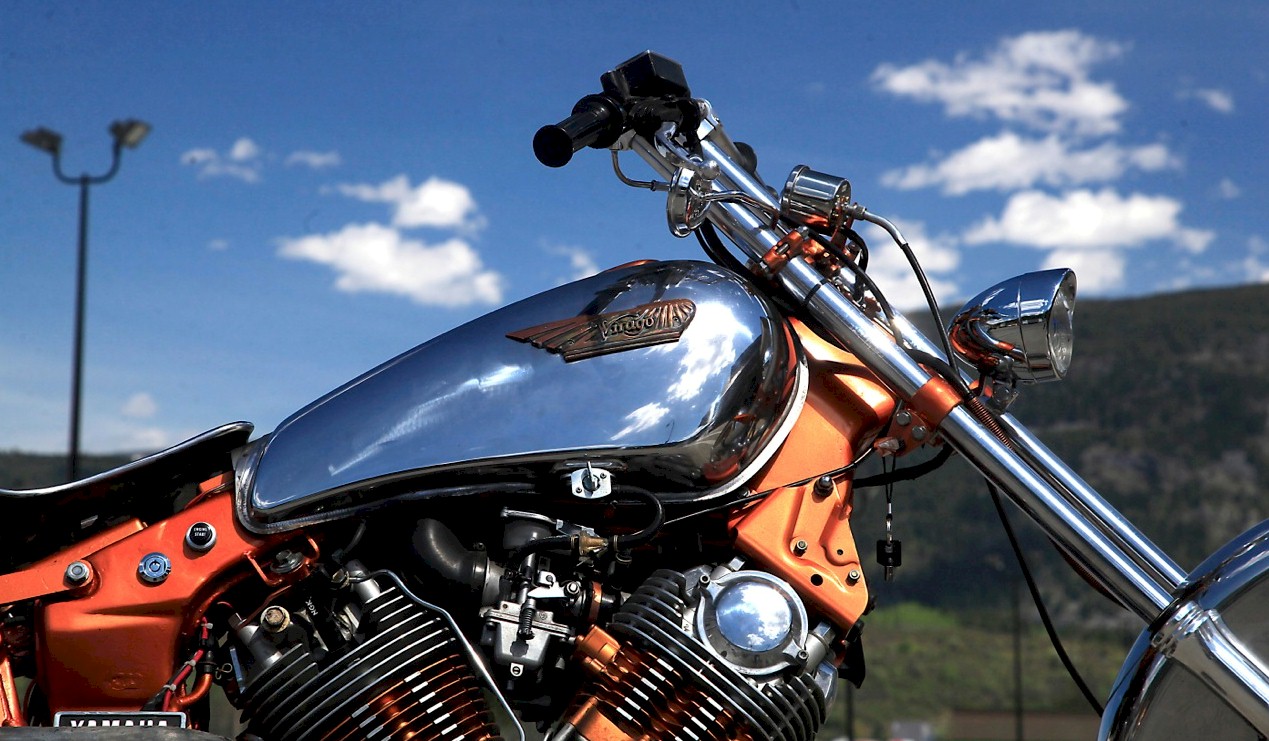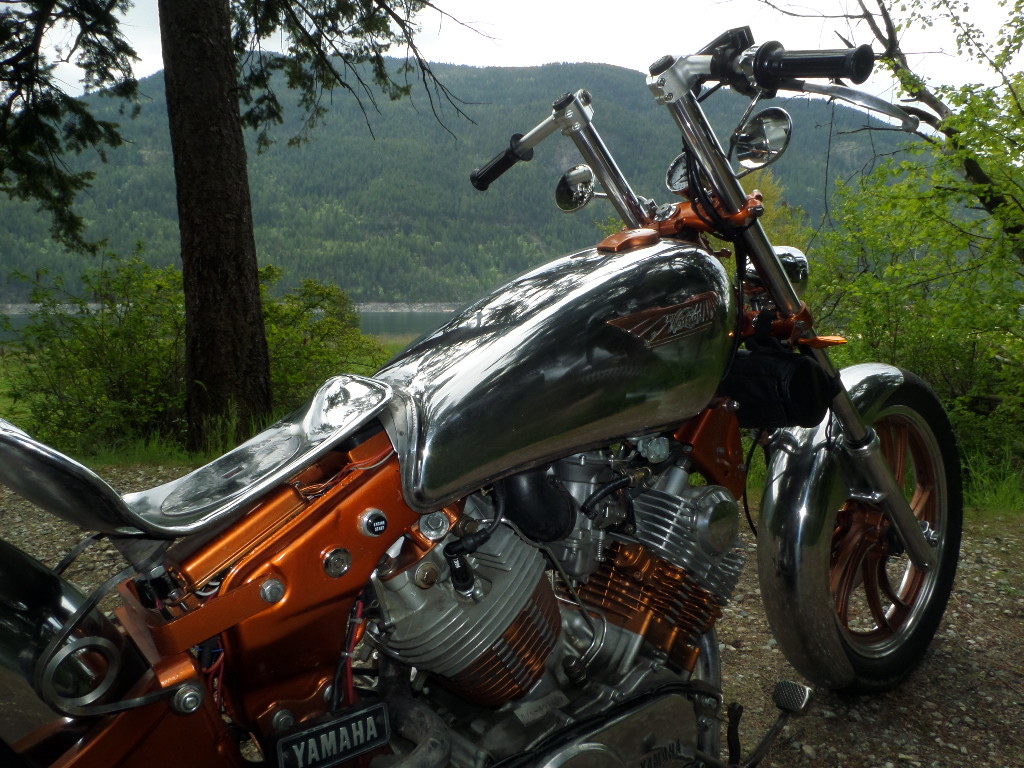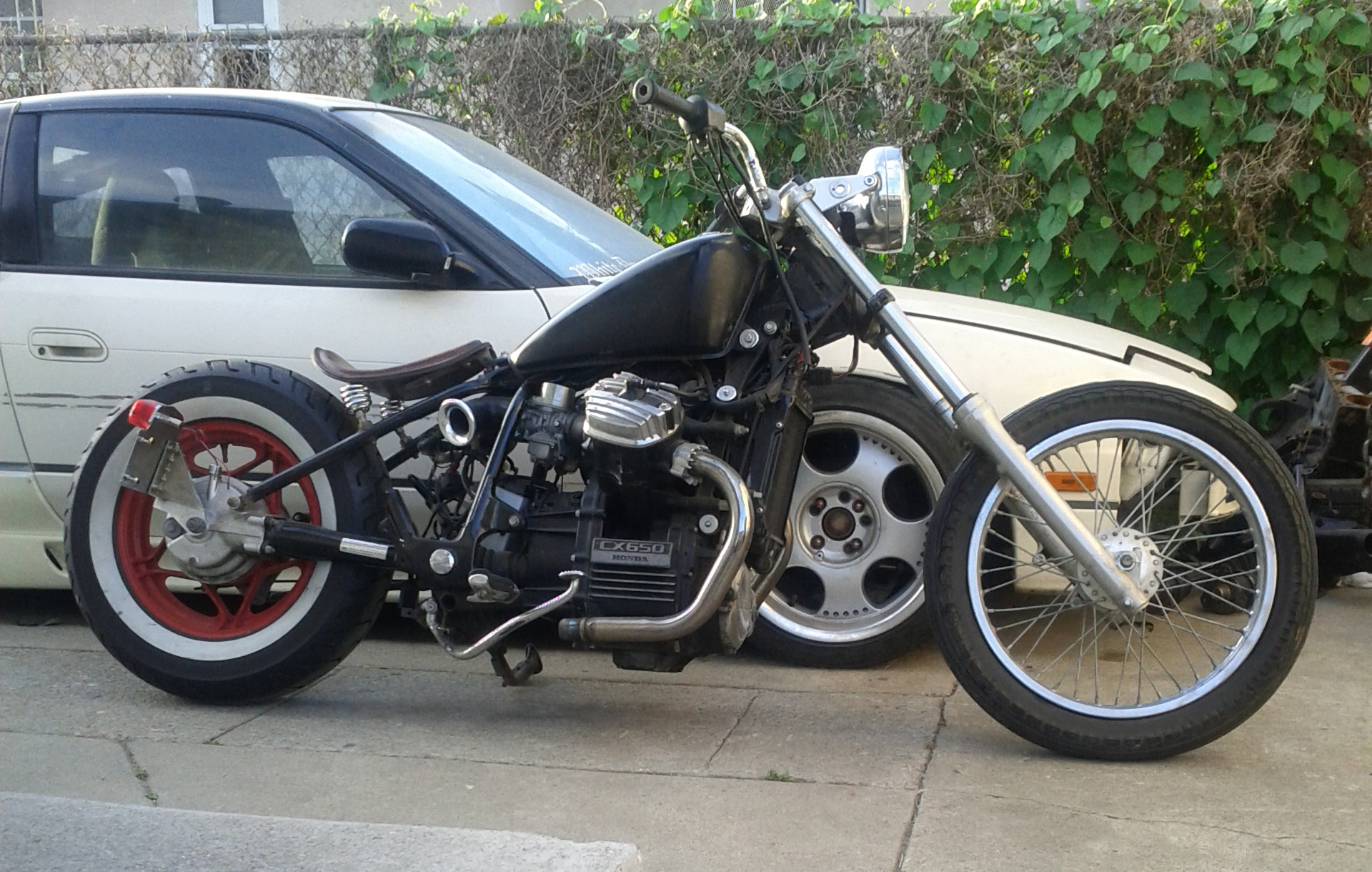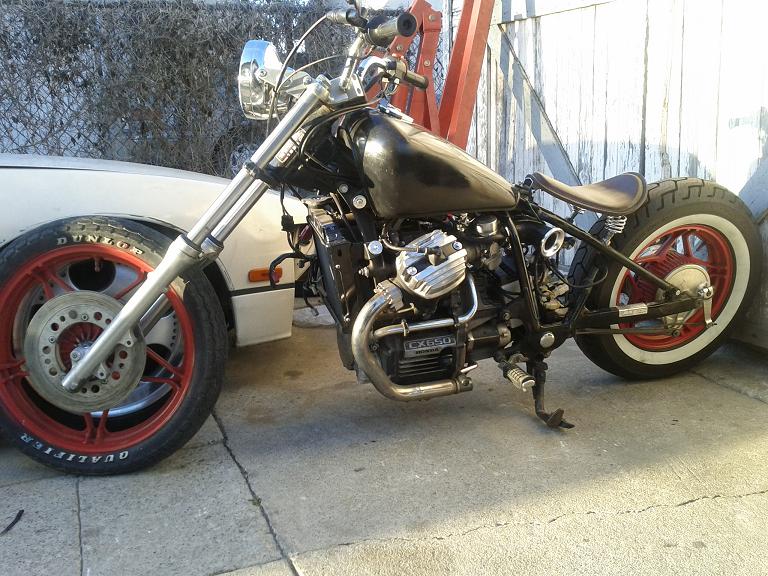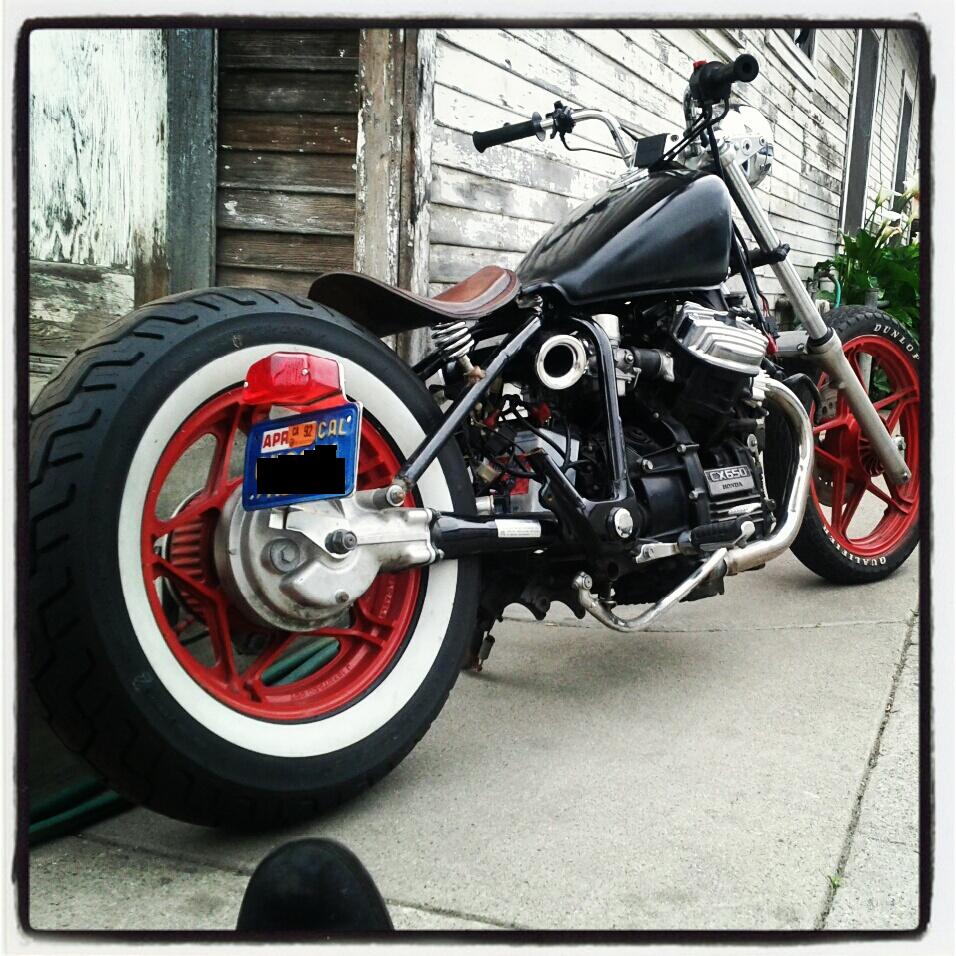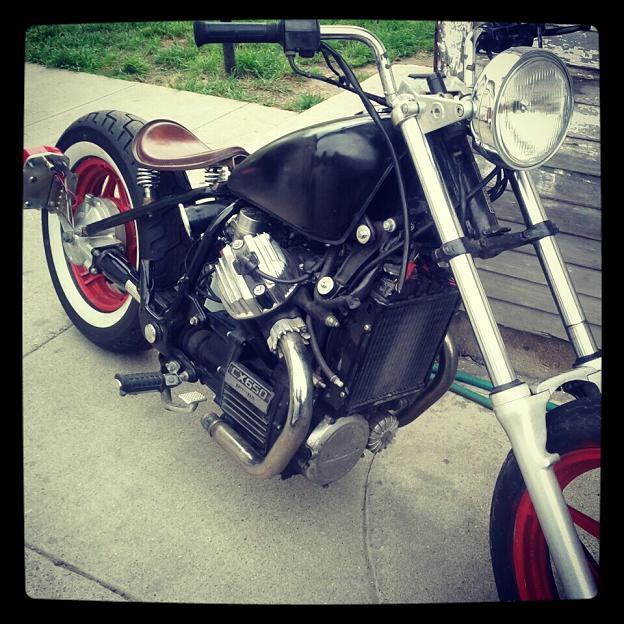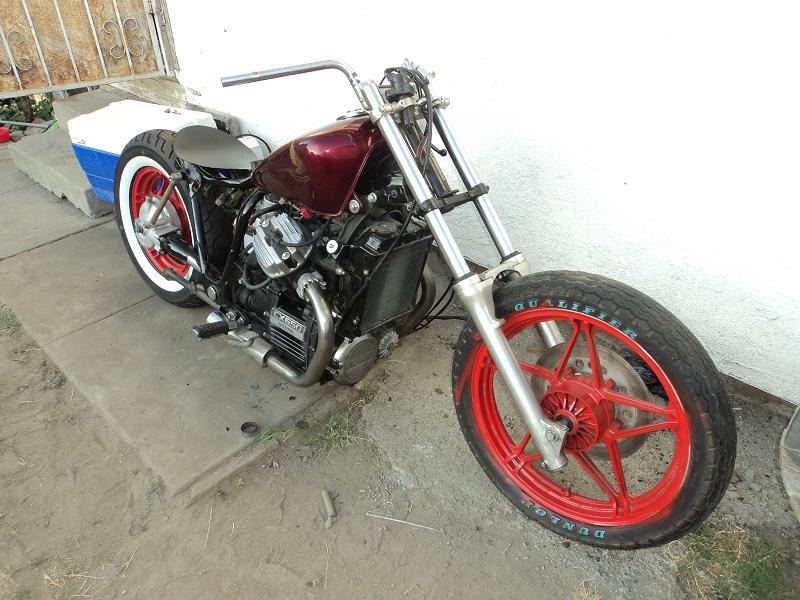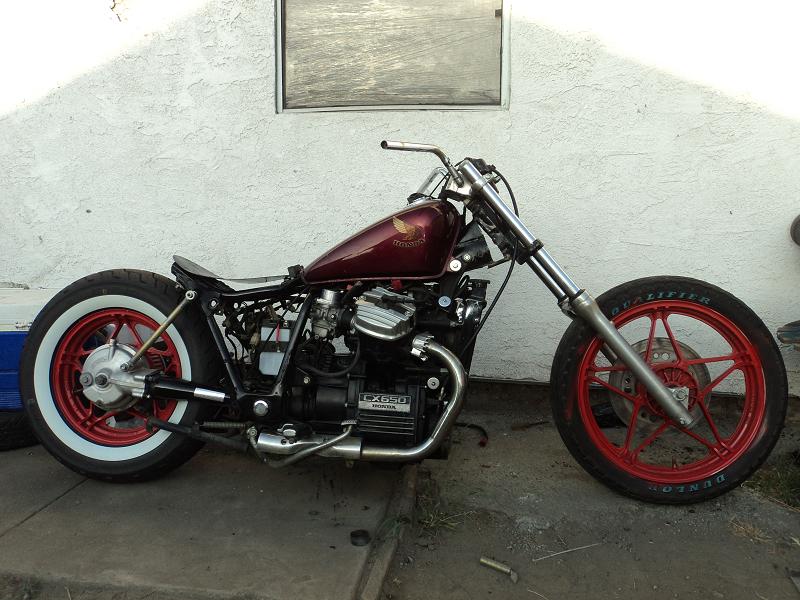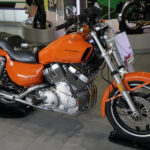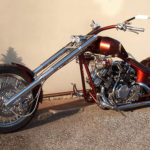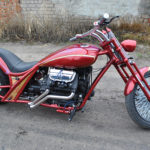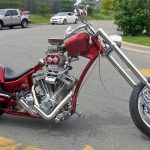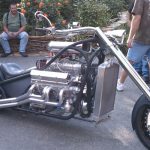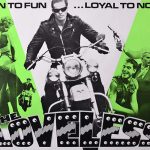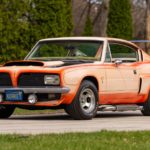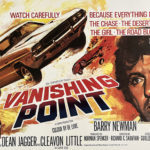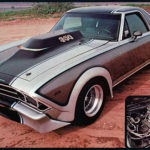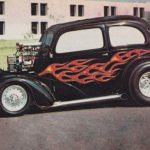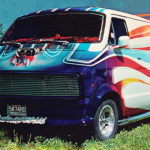I decided to add another type of engine to our website. The V4 is a relatively rare unit on the custom scene, which can perhaps be attributed to the fact that American automotive culture is not particularly fond of change. Wood was in car bodies until the mid-50s, the revolutionary streamliner did not catch on, hot rodders on the custom scene prefer strictly V8, and motorcycle enthusiasts prefer strictly V-Twin. In extreme cases, both prefer to go in a bigger direction rather than a smaller one. Even custom motorcycles are built around V-shaped eights – engines with a number of cylinders between V2 and V8 are not just rare, but extremely rare. And if something between two and eight is already being taken, then most likely V6, not V4.
Nevertheless, the V-shaped four in cars of those styles that we love so much can still be found – most often in bikes. And the most popular V4 in the field of motor engineering came to us from the monastery of the rising Tokusatsu – from Japan. However, it is very curious that at the time of the release of the first Japanese four-cylinder engines, Harley-Davidson – despite the reluctance of the American iron horse lover to accept all sorts of novelties – was also ready to start production of this type of engine. But, as everyone knows, the world has never seen the Harley V4. How did it happen? It is about this interesting story that I want to tell. It is very large, and it is best to start by reading my previous article. However, according to the minimum program, we are primarily interested in the fact that in Japan, since the 1950s, there has been a large tax on cars by engine volume. Here are the figures provided by Wikipedia once again: 7,500 yen for all cars with an engine of less than 2 liters, 19,000 yen from 2 liters to 4.5 liters – and so on incrementally. And there is another figure that was not mentioned in the previous article: the tax on motorcycles with engines from 125 cm3 and above… only 1000 yen. At least 7 times (!) less than even the most lenient car tax.
That is why Japanese motorcycles are much more interesting from the point of view of the American school of motor engineering. The zenith definitely happened in the 80s, when the Japanese economy was steadily moving up. More and more goods were exported, many companies earned a worldwide reputation, and innovations followed one another. Who hasn’t heard of Japanese electronics in the 80s, famous for its quality and reliability? In the automotive industry, the economic recovery went hand in hand with an increase in the volume of engines of most models: the largest engines grew steadily from two liters to three. In addition, more and more new models appeared, which later became iconic – it was in the 83rd year, for example, that your AE86 would appear. In the 83rd year, Nissan will finally launch the first truly massive V-shaped engine, the six-cylinder VG. And in the second half of the 80s, when the financial bubble swelled, sales of the most luxurious cars – the Nissan President and Toyota Century with four-liter V8s – would double. And in general, the production of cars in particular will receive such a breakthrough that even when the economy of Baburu collapses with a bang in ’91, Japan will continue to produce one car after another for about ten more years. Almost all Japanese models of the 90s are the holy of holies of tuner lovers. And even Mooneyes will be reborn not in the USA, but in Japan.
Meanwhile, in America, everything was not so sunny. Probably everyone knows about the problems of the automotive industry in the 70s against the background of the fuel crisis. The motorcycle industry wasn’t doing very well either: the fact is that in 1969 Harley-Davidson was bought by American Machine And Foundry. Exactly why this happened is not completely clear. Some sources say that H-D had some kind of problem – either financial difficulties, or someone from the outside was going to try to arrange a hostile takeover of Harleys – and AMF saved the last American motorcycle manufacturer. However, fans of the Davidsons claim that all this is nonsense. What problems could Harley-Davidson have if they were literally the only ones left by the end of the sixties? And even against the background of rampant motomania, which, after the release of the film The Carefree Rider, became, in fact, a harlimania. So the people on the thematic forums are sure that AMF did not save H-D, but just absorbed it in a hostile way, wanting to grab a big jackpot.
Anyway, the proponents of both theories agree on one thing: after the Harleys became part of the American Machine And Foundry, things got really bad. By itself, the change of owners already looked so-so in the eyes of the people: for whatever reason, many Davidson fans felt that H-D had betrayed the symbol of freedom and sold themselves to corporate rats. AMF did not improve the situation by insisting that their logo should now be on the gas tank next to the words Harley-Davidson. And almost first of all, American Machine And Foundry wanted to increase the number of motorcycles assembled from fifteen thousand… up to seventy! And at the same time, without any modernization of the production process or factory renovation! Of course, all this resulted in people working themselves to exhaustion, strikes happened, and the quality control process quickly turned into a nightmare. And that was just the beginning of the bad decisions.
The reputation of H-D motorcycles quickly dropped so much that people started making choppers from the Honda CB750 model. Even though she had an inline four, not a V-Twin. That Japanese unit has so far remained the only linear engine that has managed to somehow displace the cult of the V-shaped motor that has been established on the American custom scene. Just because the only available V-Twin in those years was many times worse, more unreliable, and at the same time more expensive than the Japanese alternative, that’s how bad it was.
Nevertheless, despite all the problems, heavy American bikes confidently remained the domain of the Harley and Davidson company. However, the Japanese economy is still creeping up – and now manufacturers of banzai cars already realize that they can afford to produce really large motorcycles. As a result, the Japanese decide to oust Harley-Davidson and take away its monopoly on the class of cruise bikes. The Asian invaders first make a few trial proto-cruisers, which are essentially existing models, only slightly modified for cruisers. AMF does not notice such a clear threat to its last stronghold and continues to engage in nonsense. So, having tested the waters, Japan assembled its first American bike in 1981: the Yamaha Virago. And Virago breaks literally all the patterns.
Still, it can’t be said that the H-D was completely defenseless against the Japanese American bike. Firstly, for many, Harley-Davidson was still not just a brand, but a way of life. Many still remembered Peter Fonda on the iconic chopper, painted in the colors of the American flag. Not to mention the rigidity of American car culture – and motorcycle culture, respectively – which I never tire of repeating over and over again. Many people in the USA of the 80s still took slogans like “Mopar or no car!“and their kind. So the people did not rush to buy Japanese on a rampage, despite all the problems of AMF and H-D. In addition, there was a powerful American custom scene behind the Harleys, which the Japanese still could not understand even by the 80s. The proud samurai engineers looked at the parameters of the Harleys and set out to make the bike better than the factory Harley-Davidson, completely failing to catch up with the fact that 9 out of 10 Harleys purchased remained factory-made until they acquired ownership. At that time, the Japanese did not have a huge number of spare parts available to personalize bikes, just as there were not hundreds of garages in America that could work with Japanese cars.
In general, the situation could have been saved – or at least greatly mitigated – with just one really good response model. And there were prototypes of them in the bins of the H-D company. However, by coincidence, it was in 1981 that American Machine And Foundry decided to sell Harley-Davidson.So Yamaha releases its motorcycle at exactly the right moment. Not only does Virago turn out to be much more reliable and technologically advanced than the Harleys available that year, but it’s also 1.5-2 thousand dollars cheaper – and Harley-Davidson is busy with their internal affairs at this critical time and can’t quickly roll out anything in response. It was not just a critical hit, it was a knockout in the truest sense of the word: despite the advantages and a literally titanic image, Harley-Davidson almost went bankrupt in those years. And the success of the Yamaha Virago will pave the way for new models, including cruisers with V4 engines.
